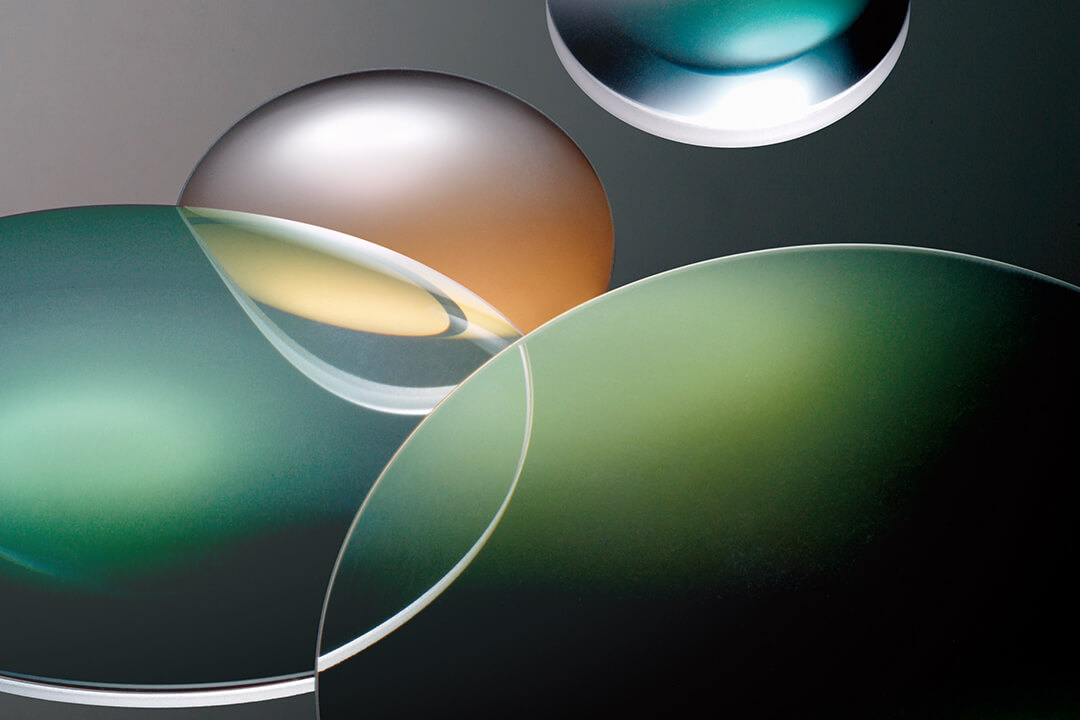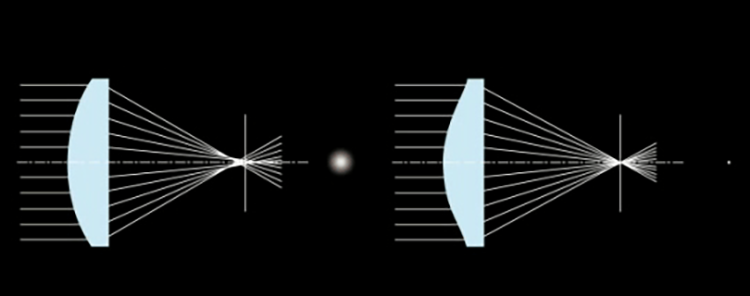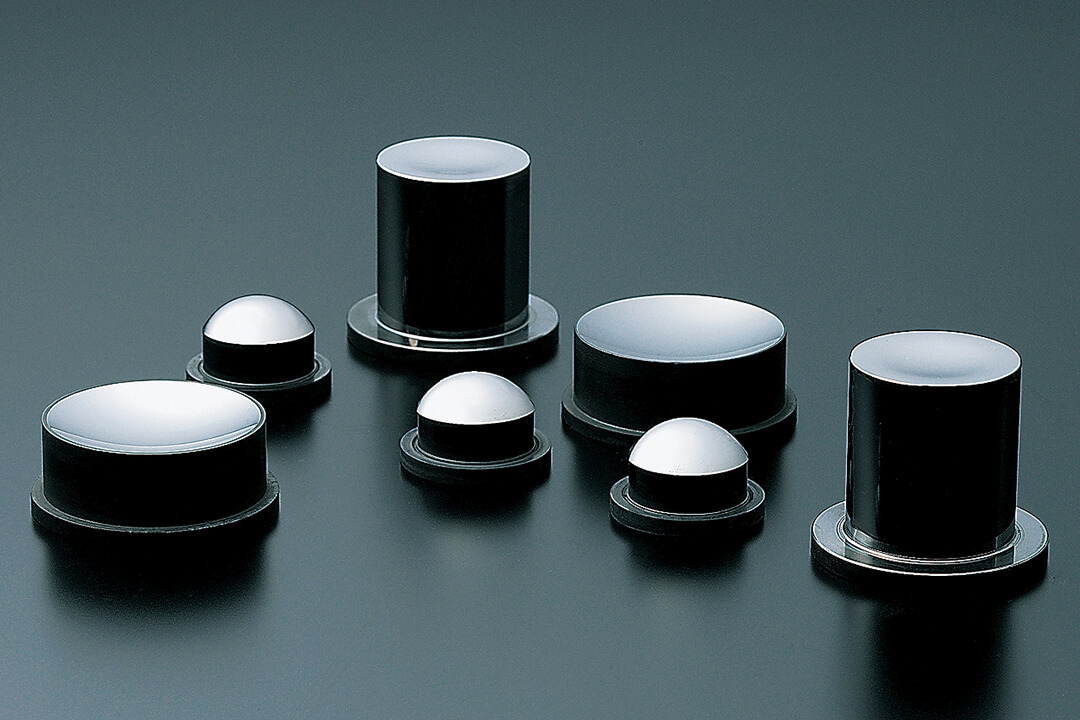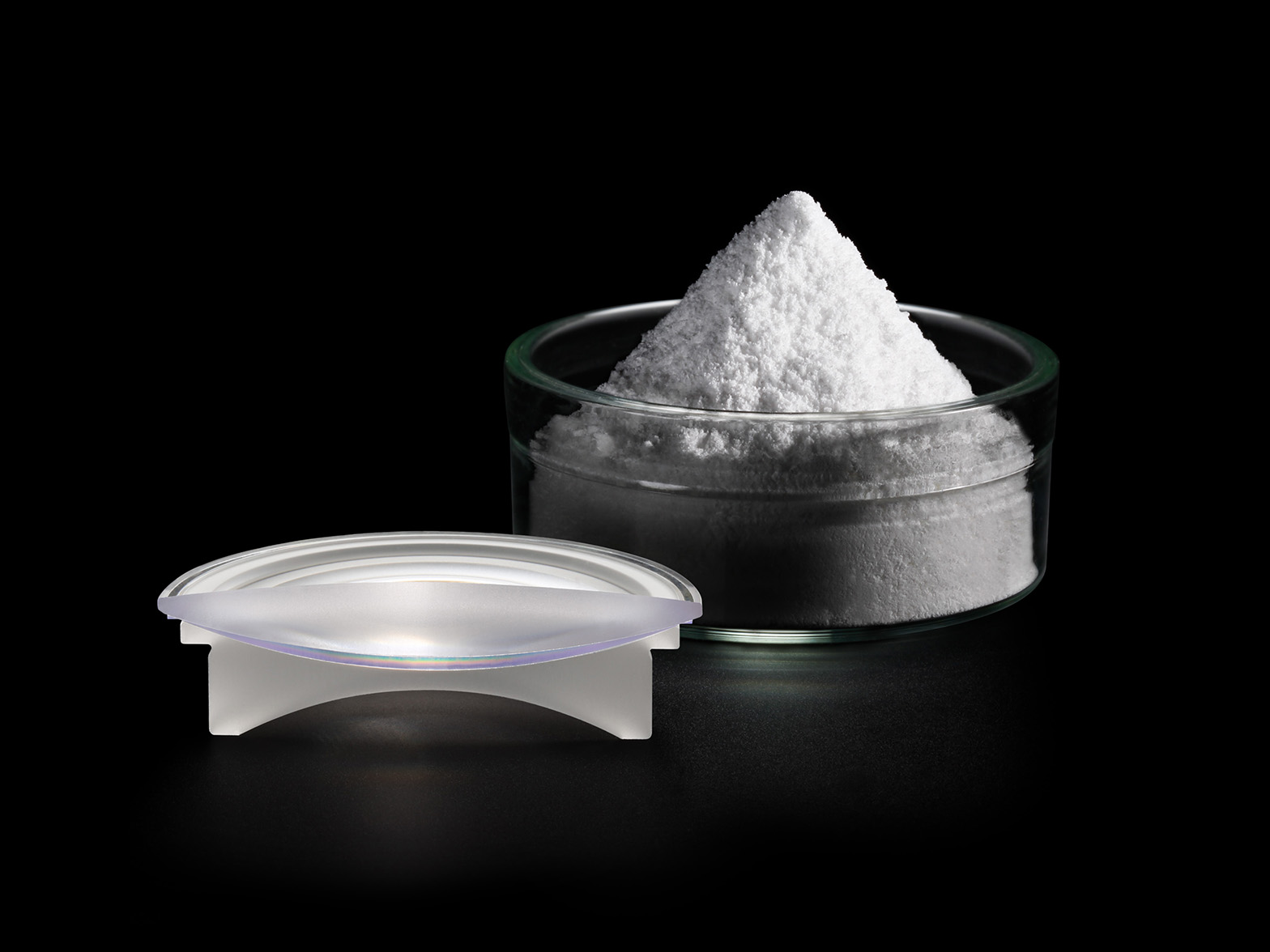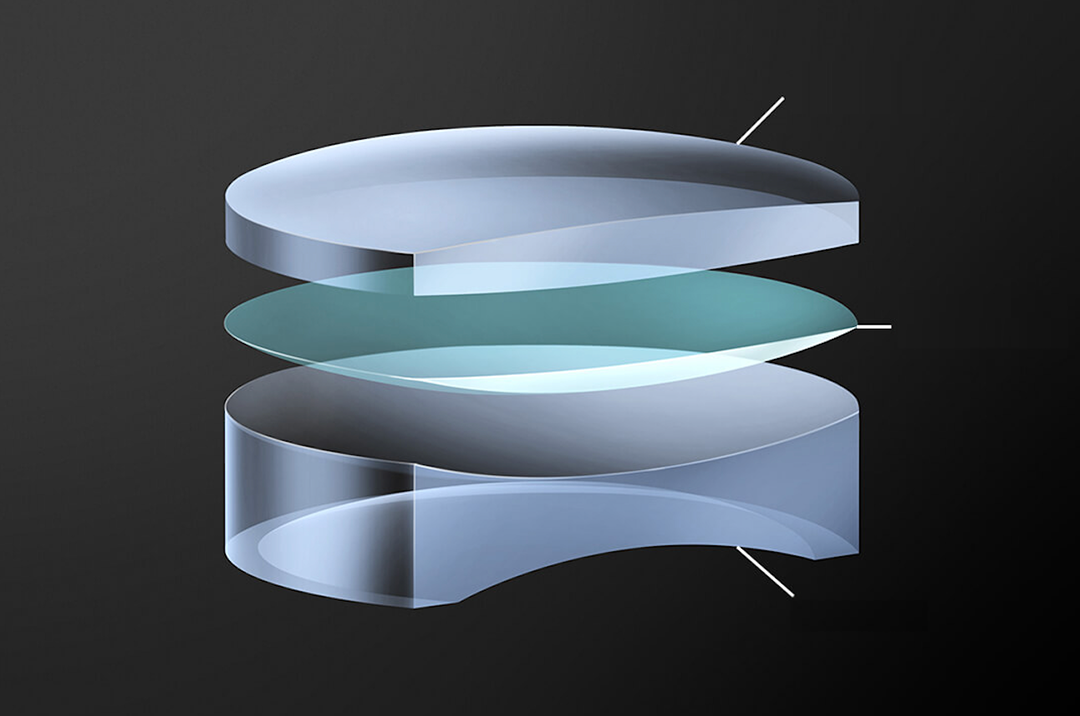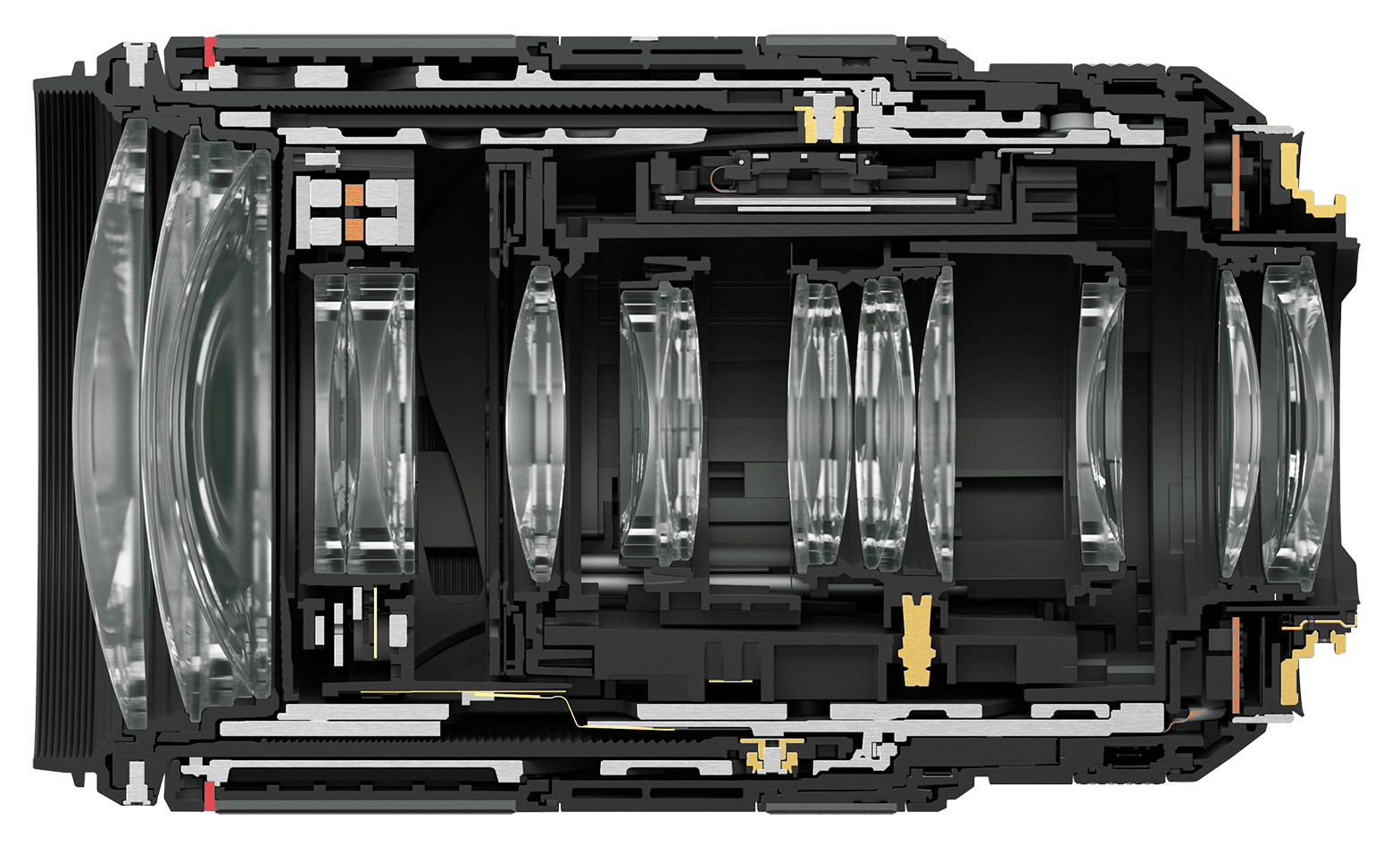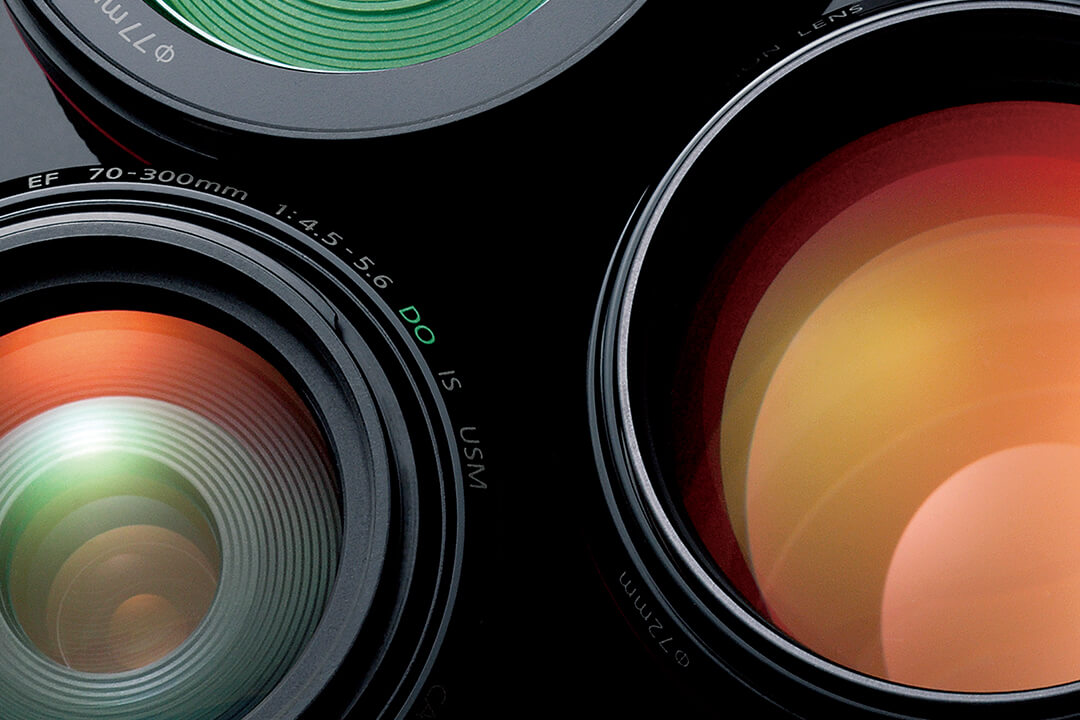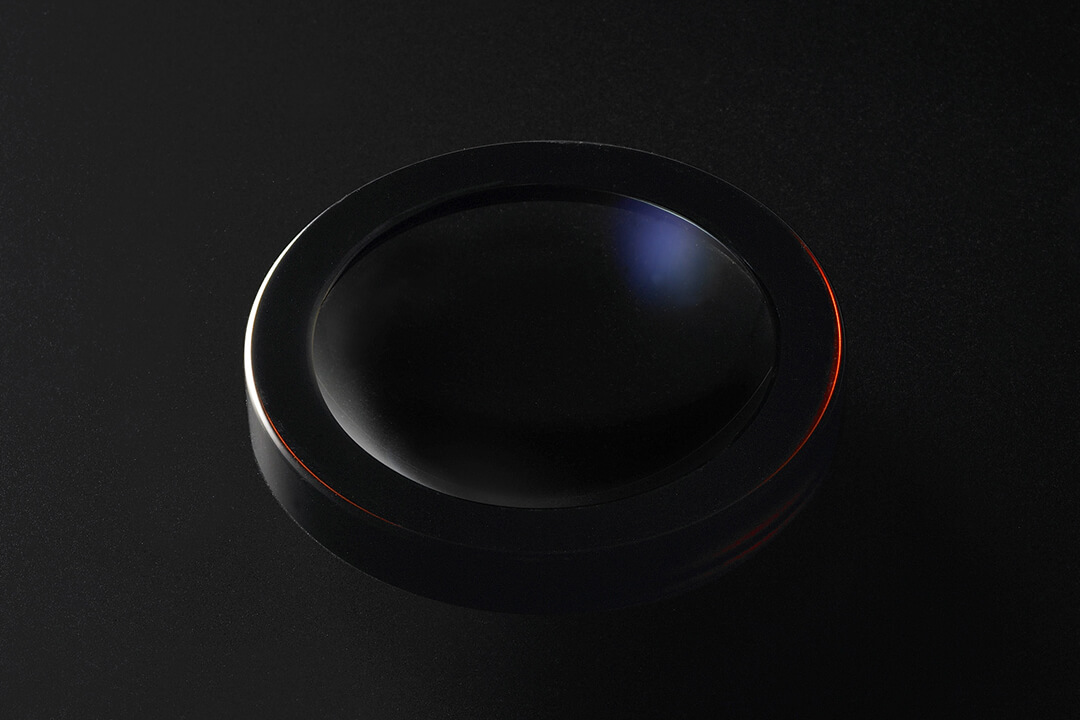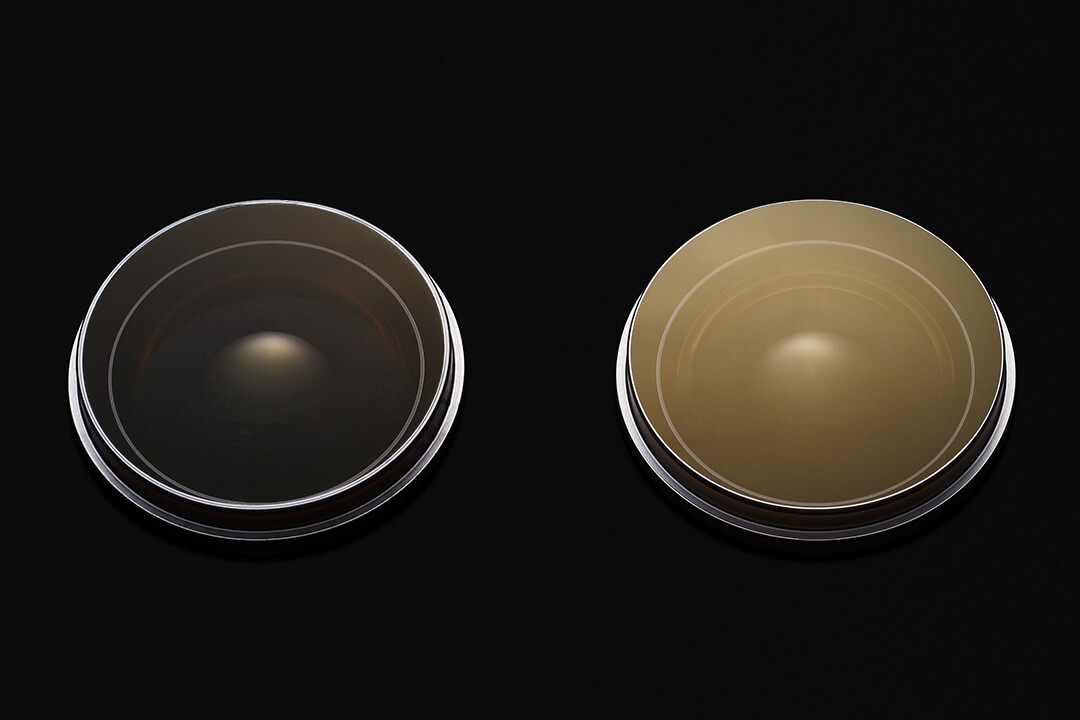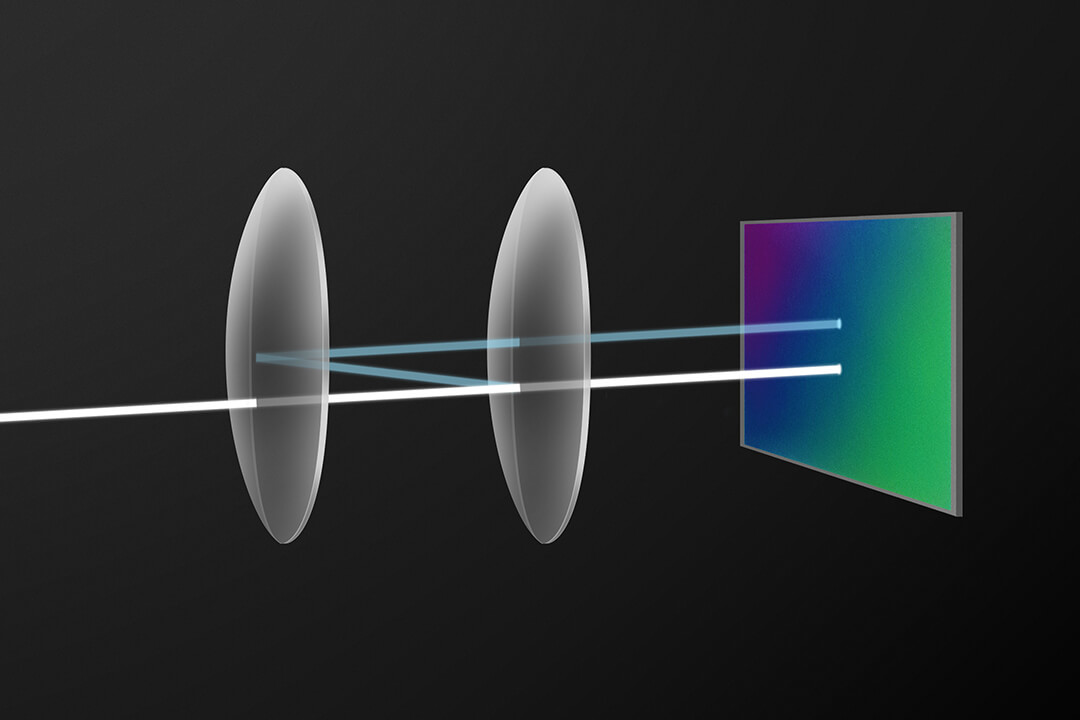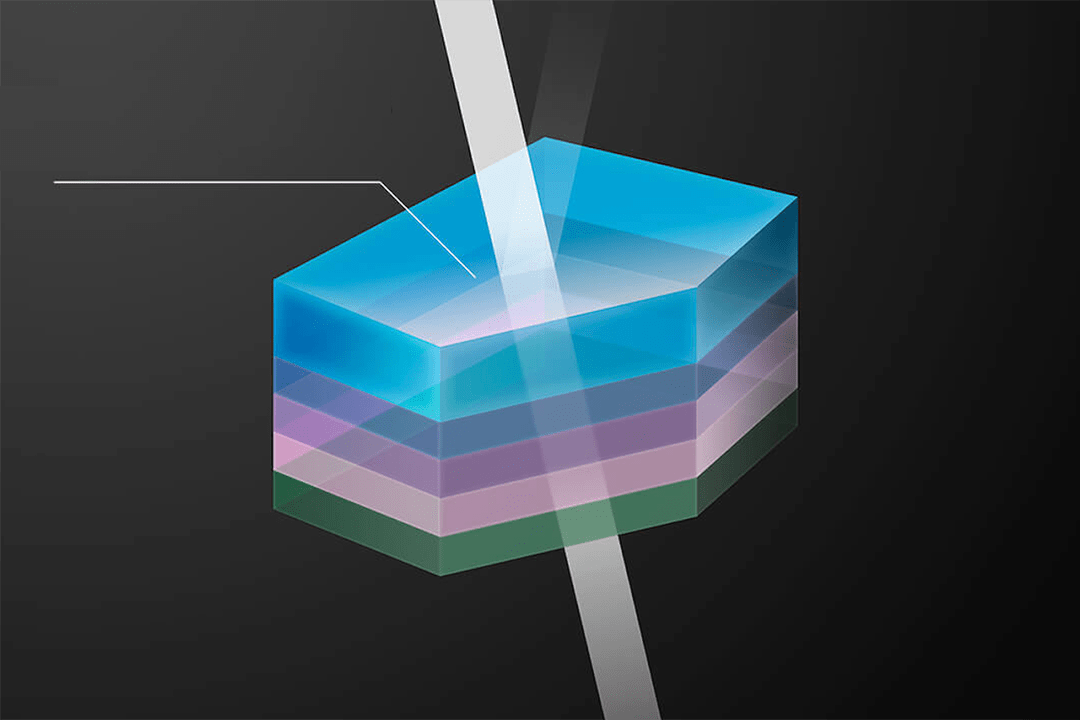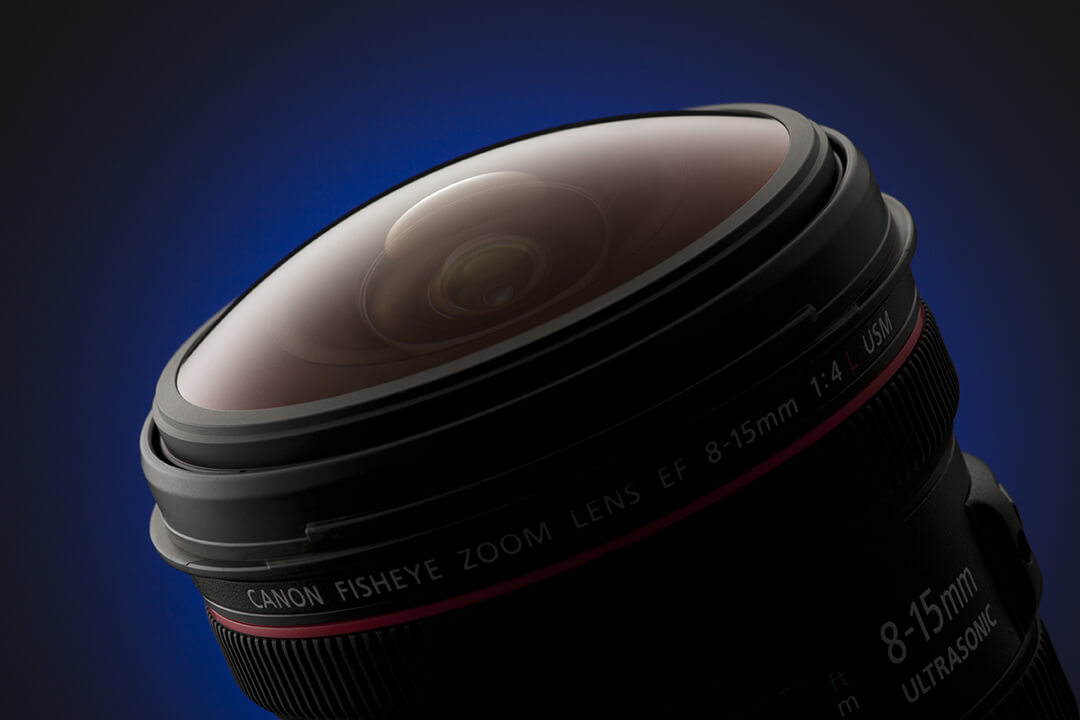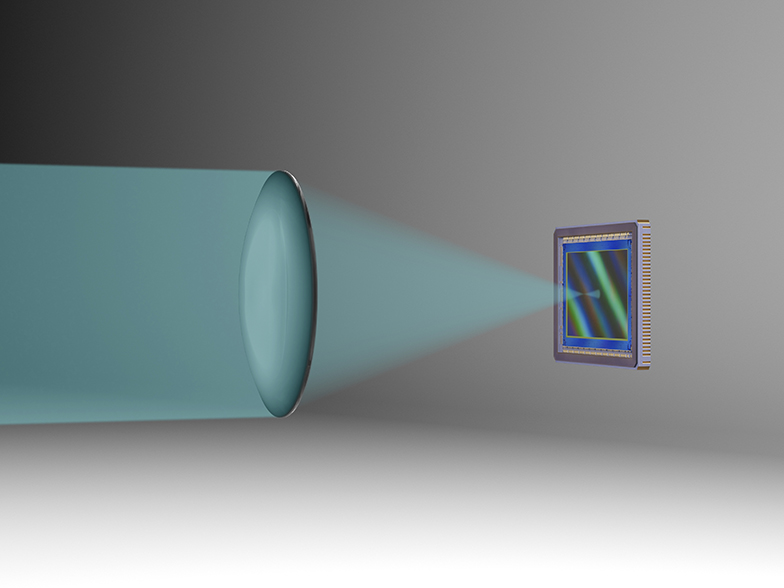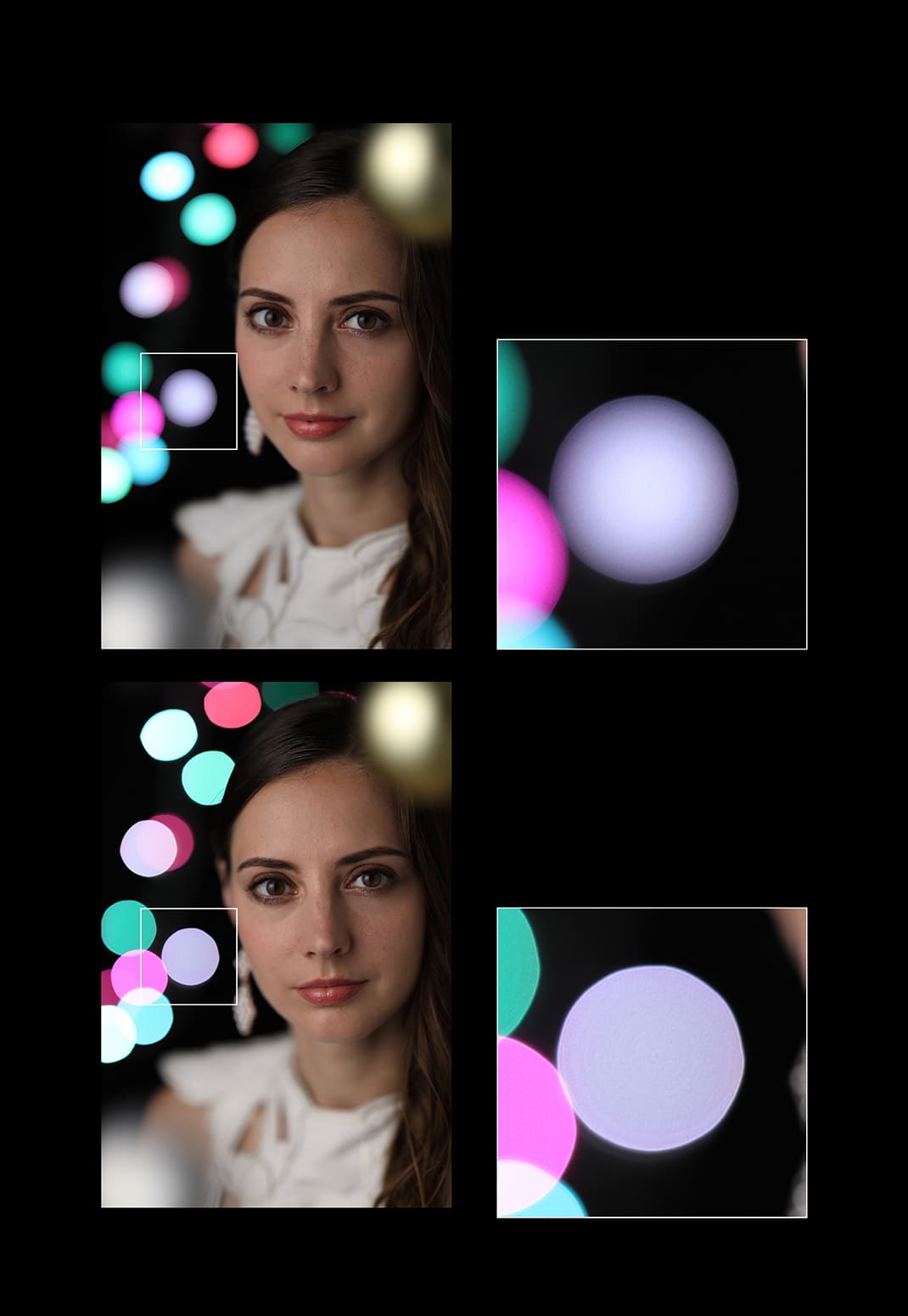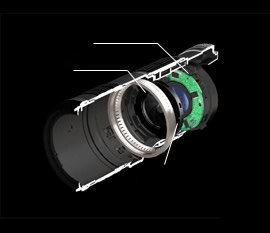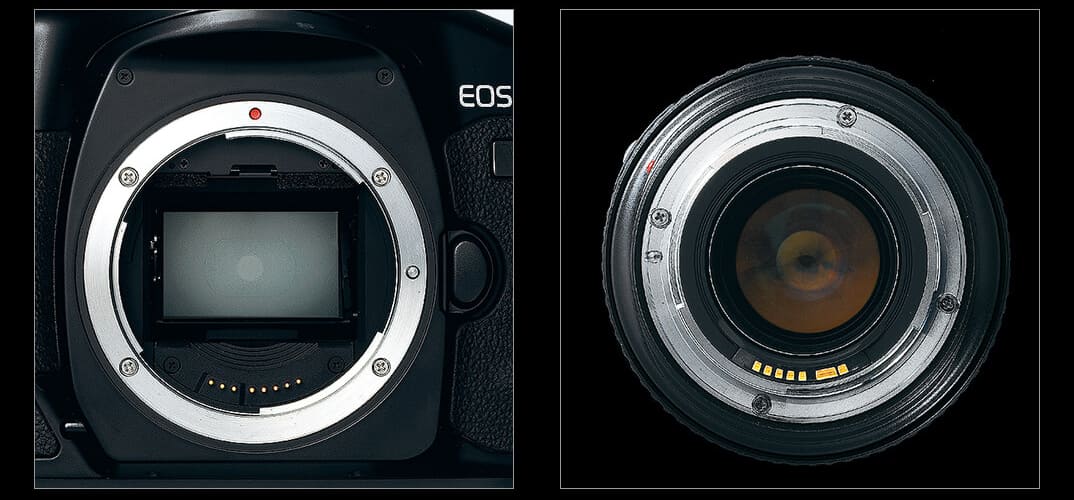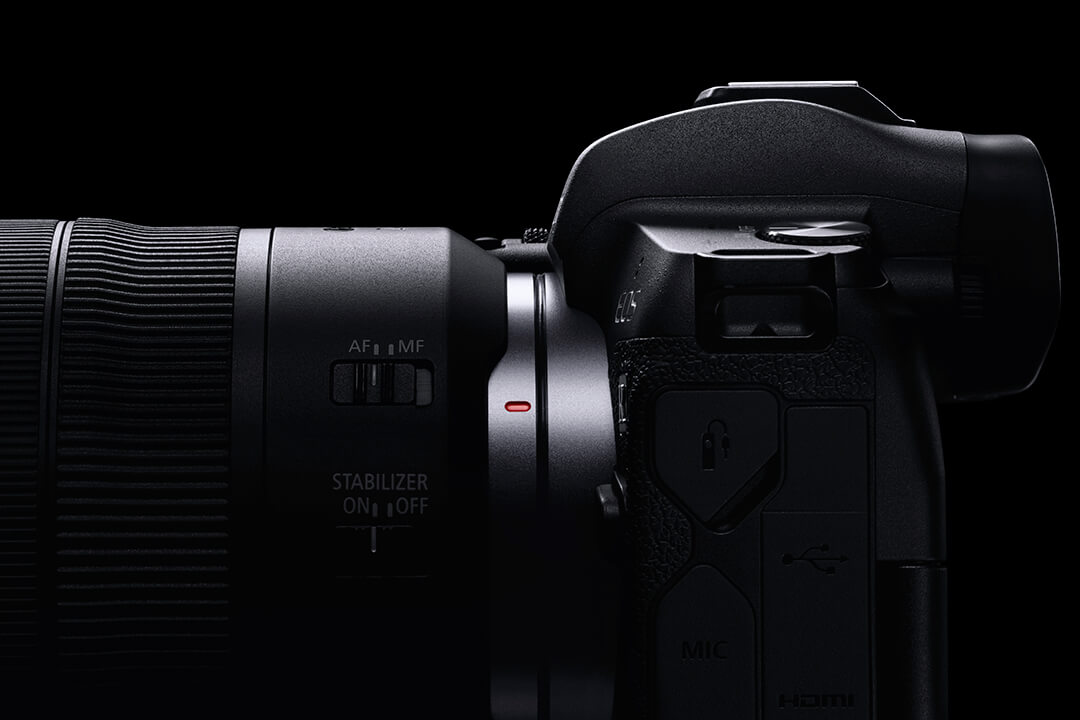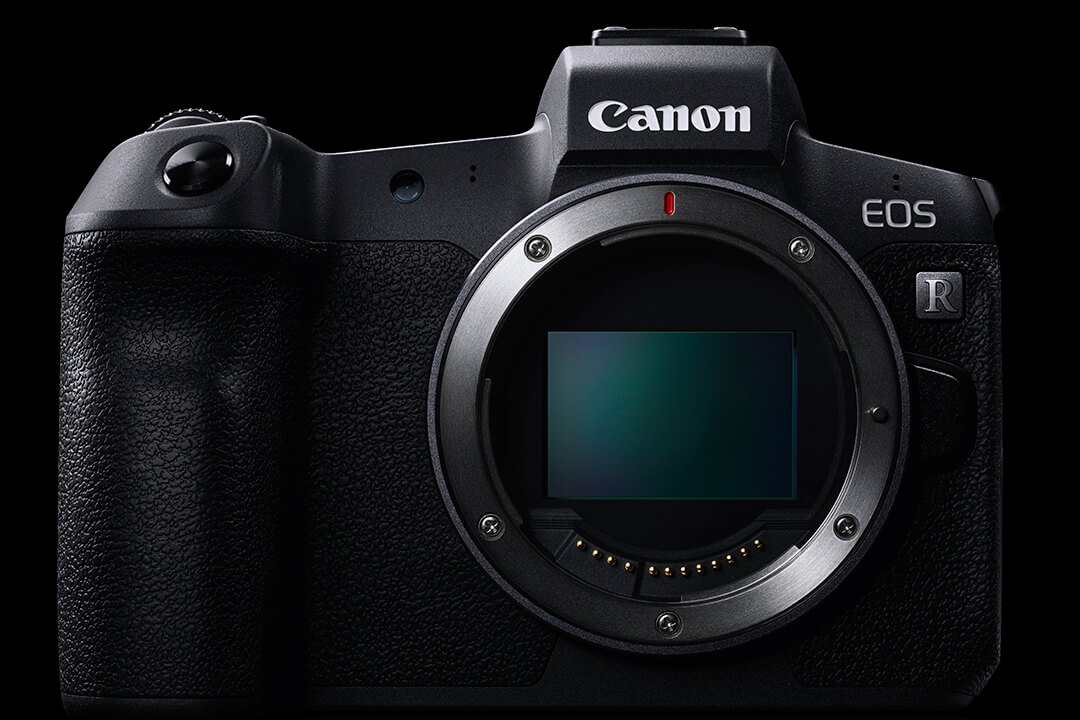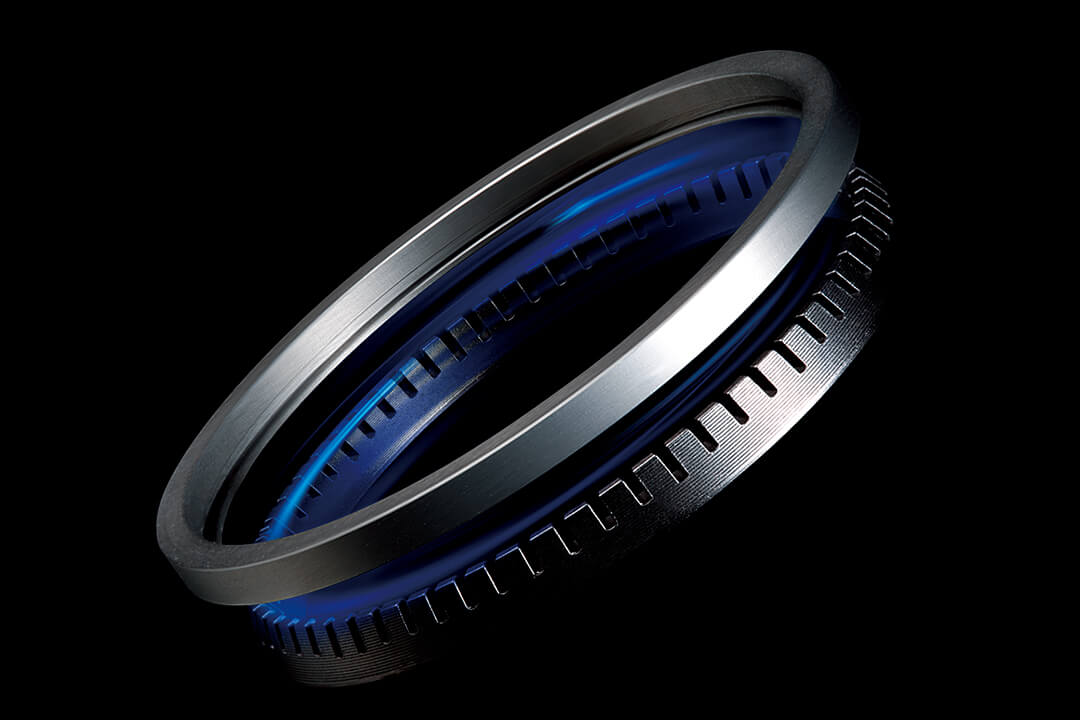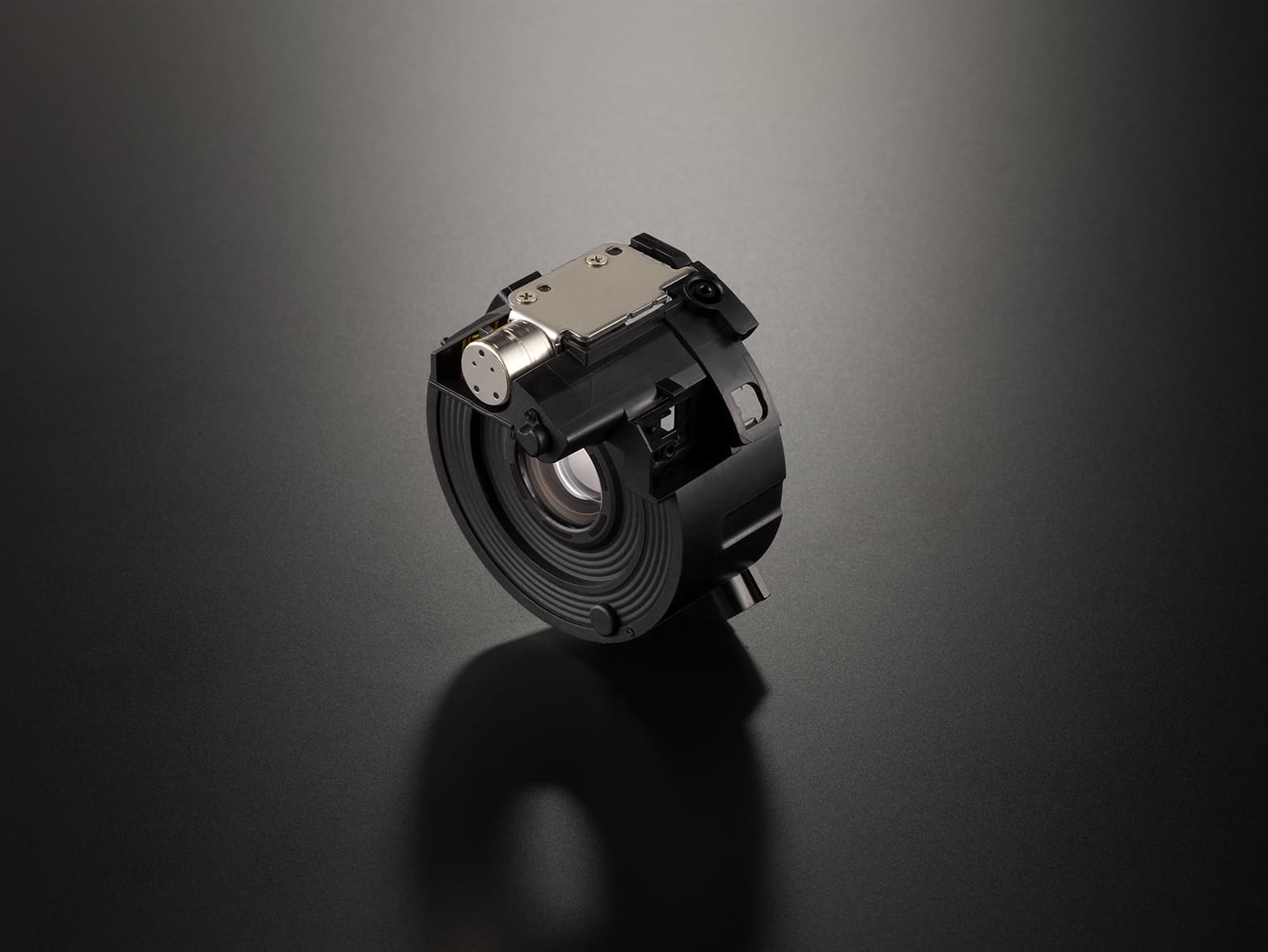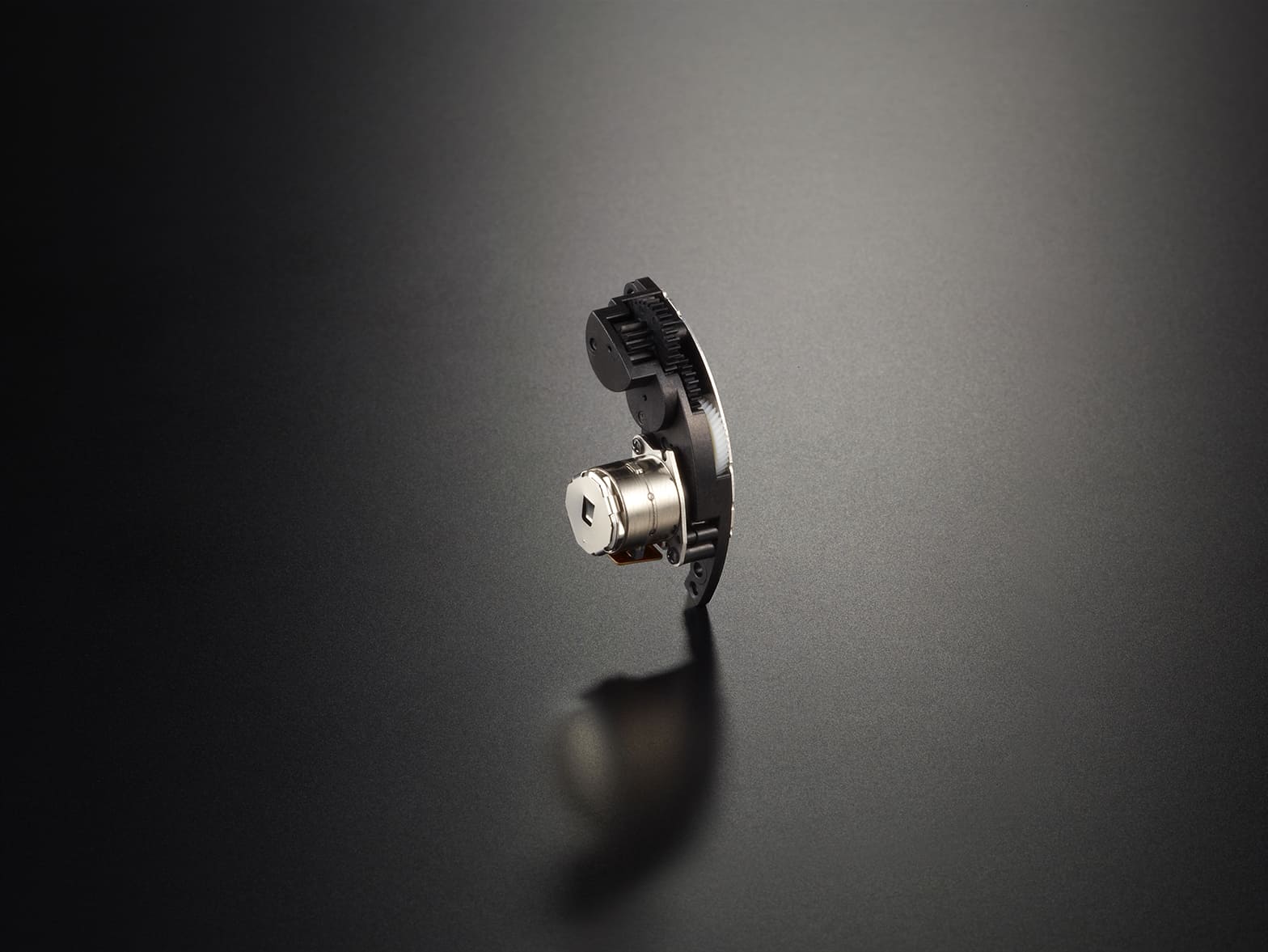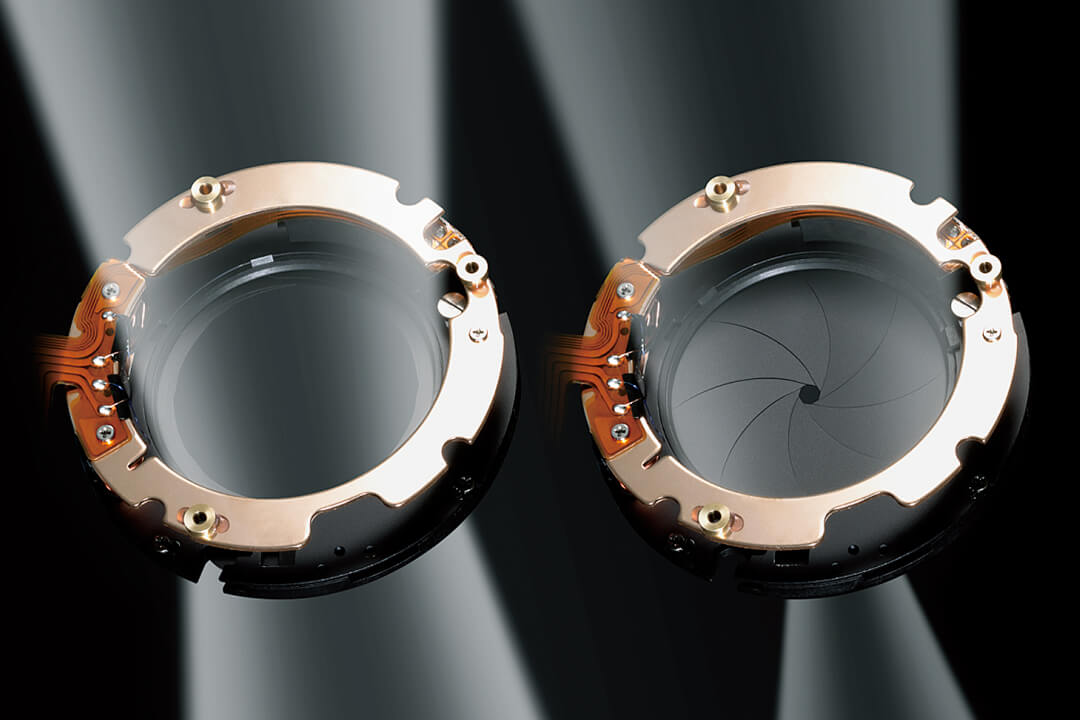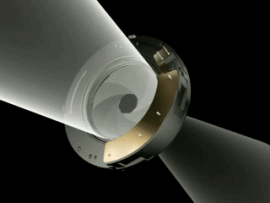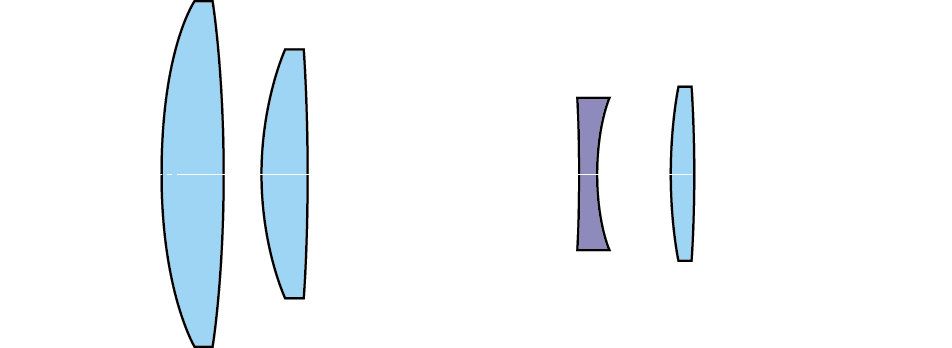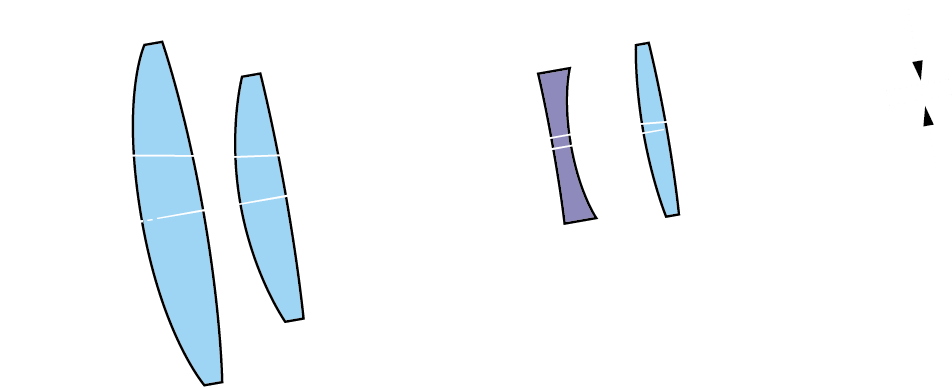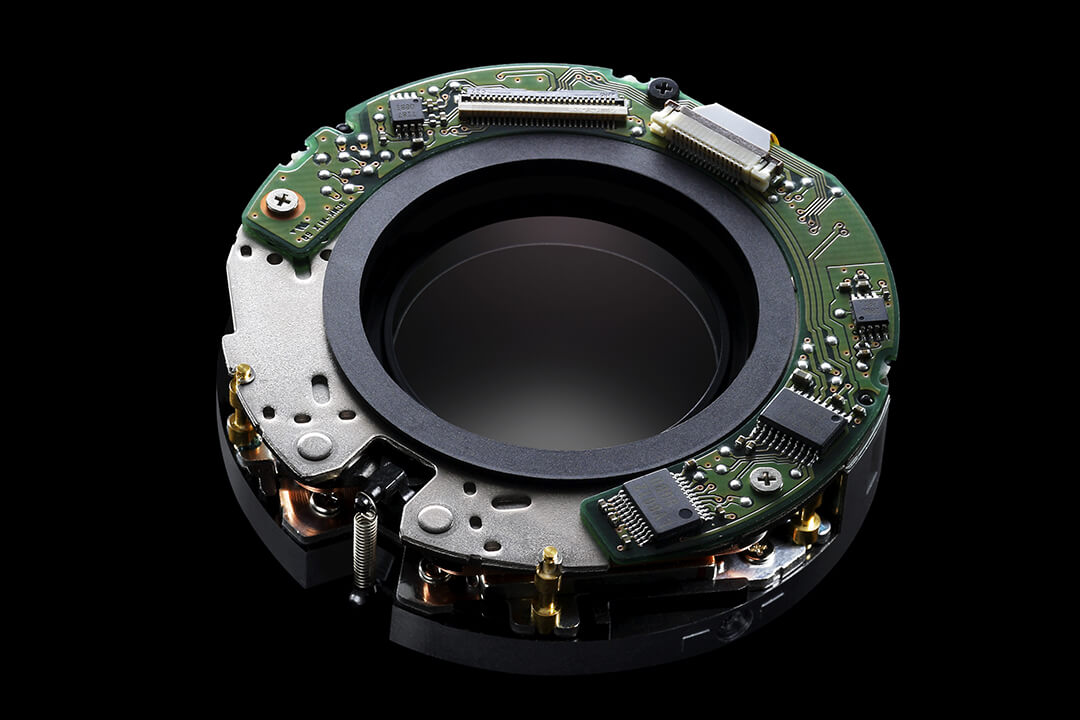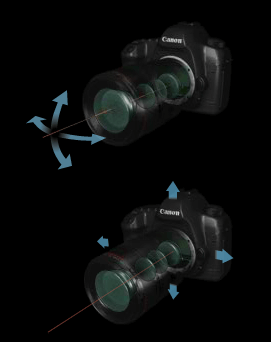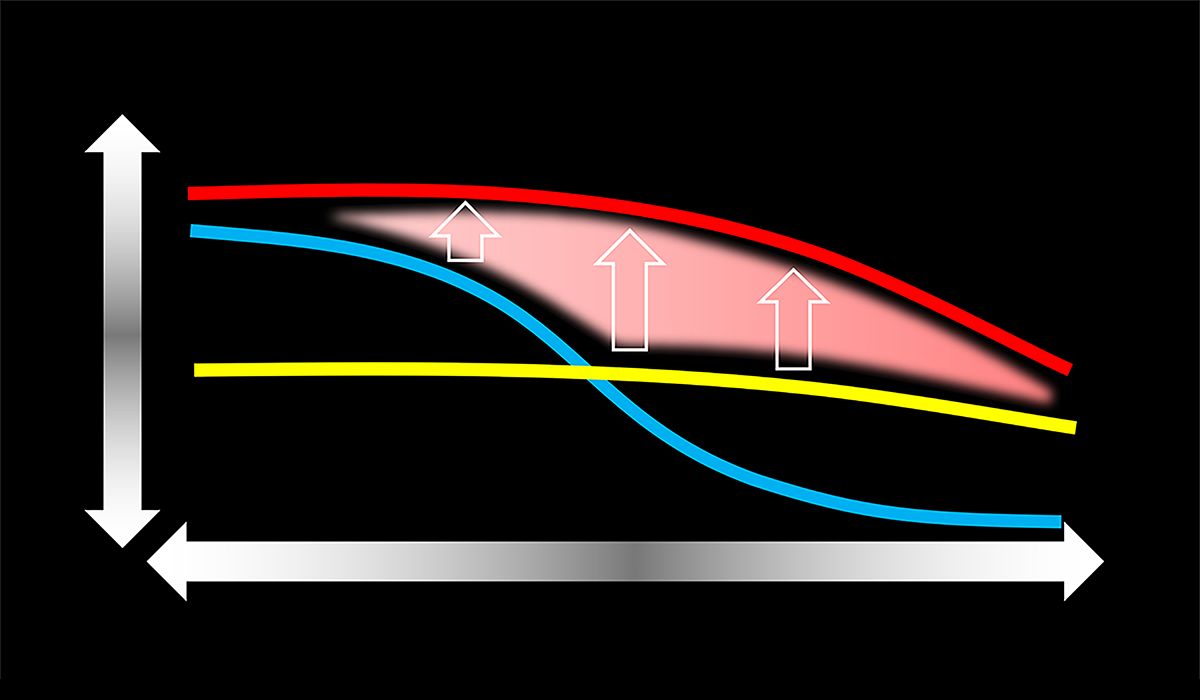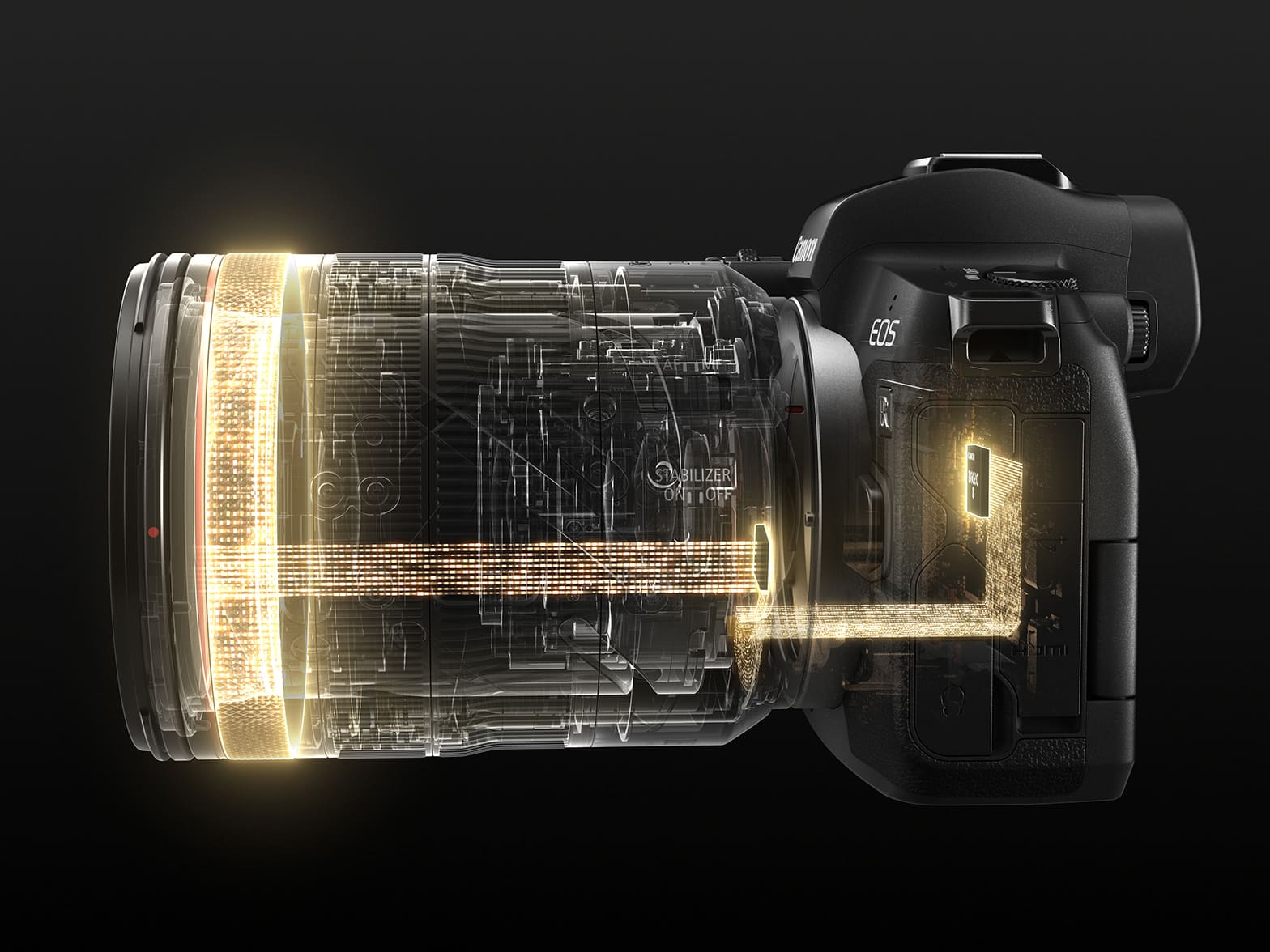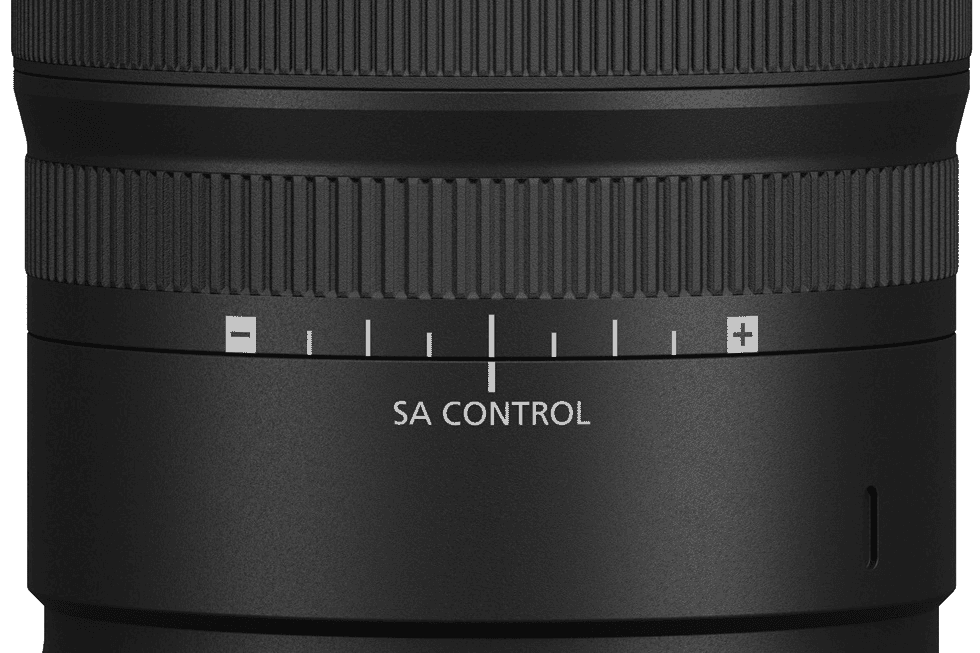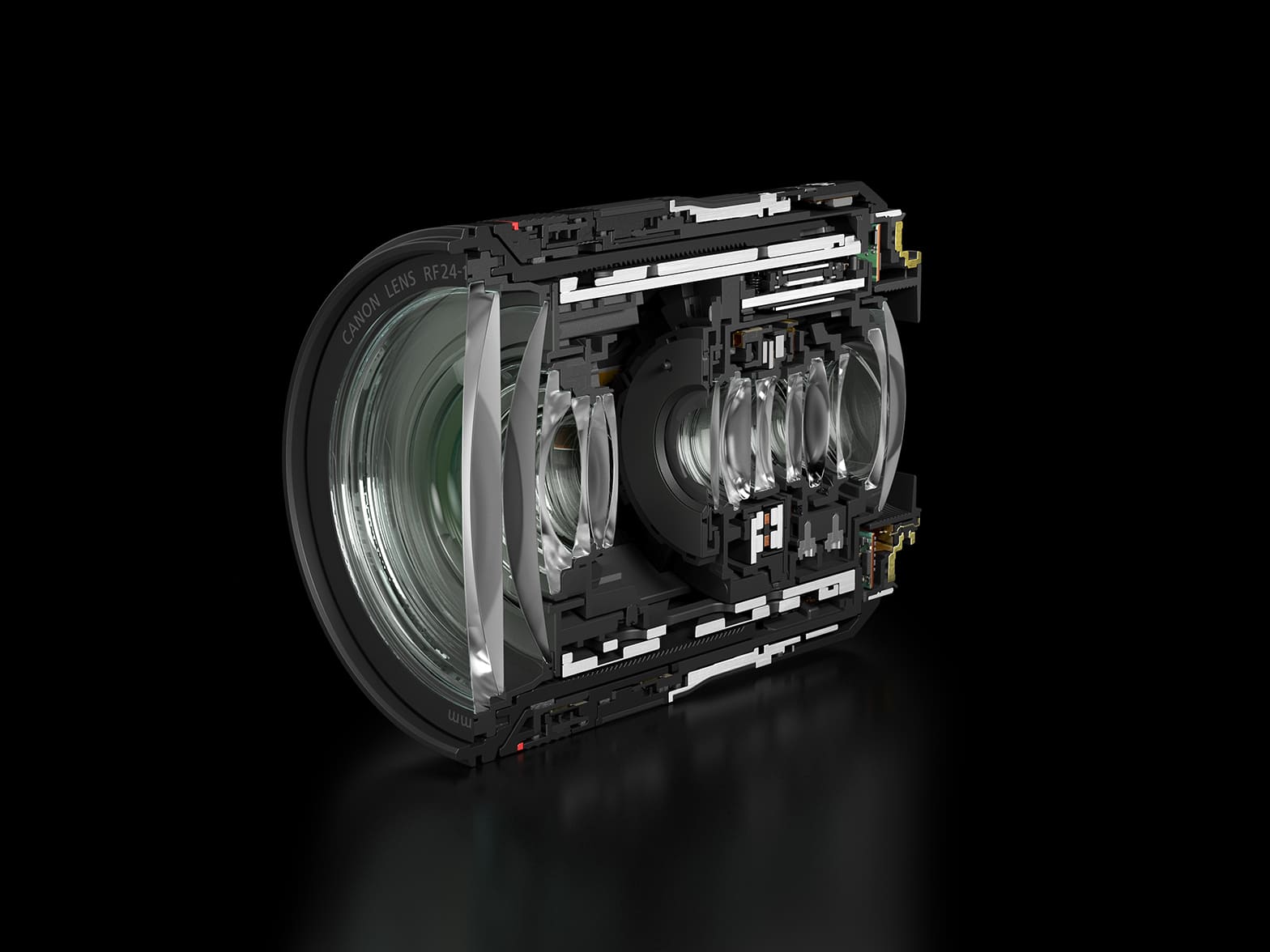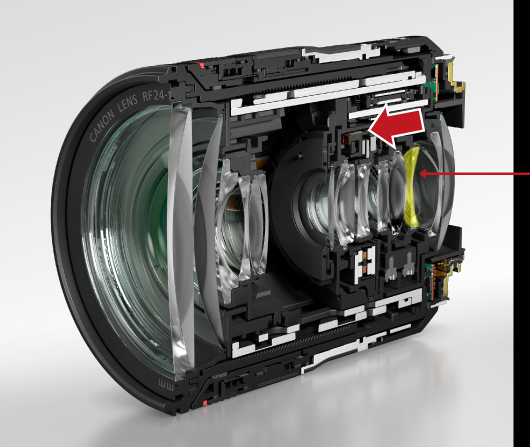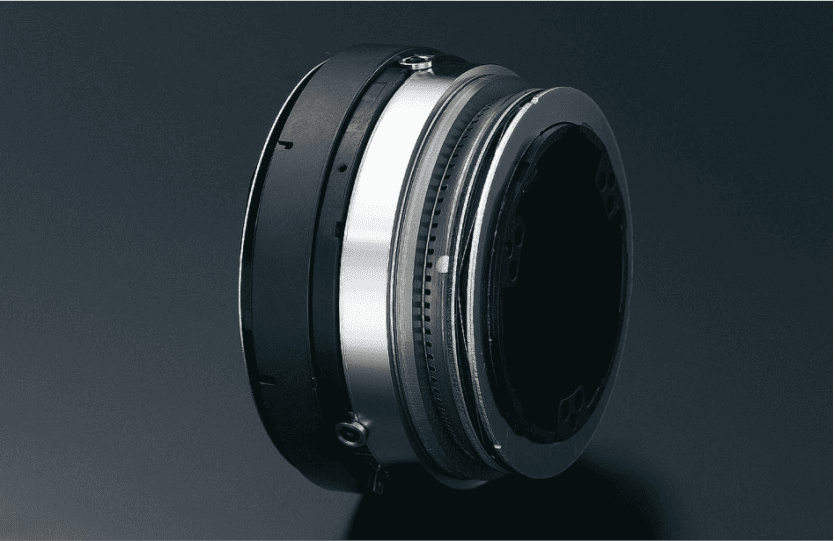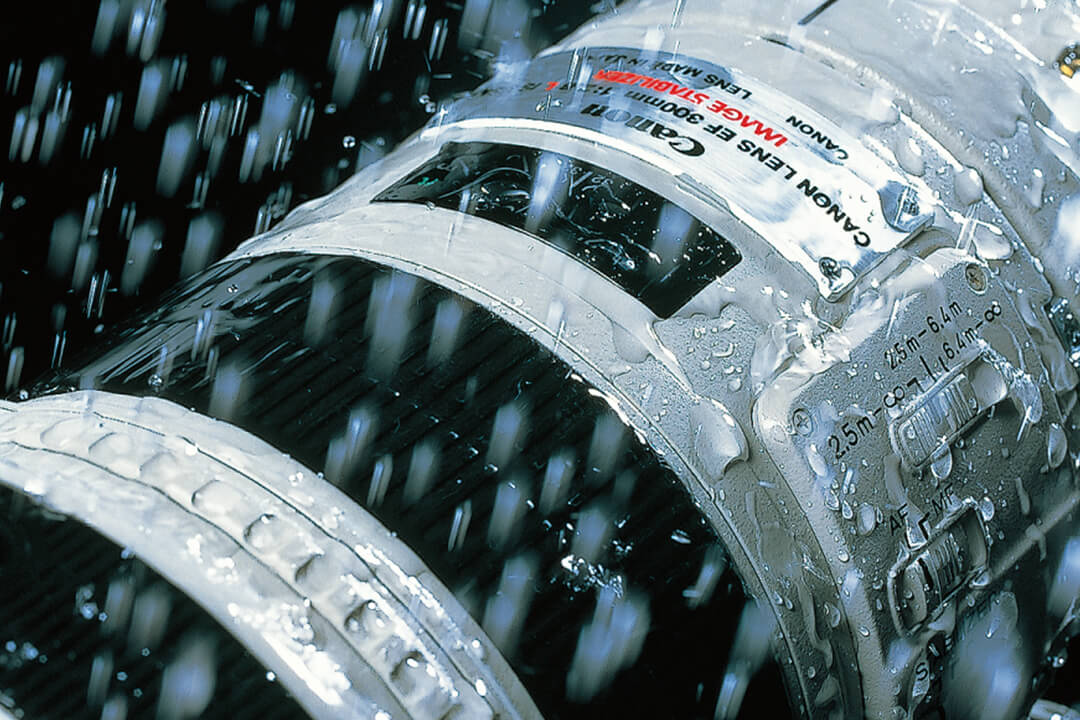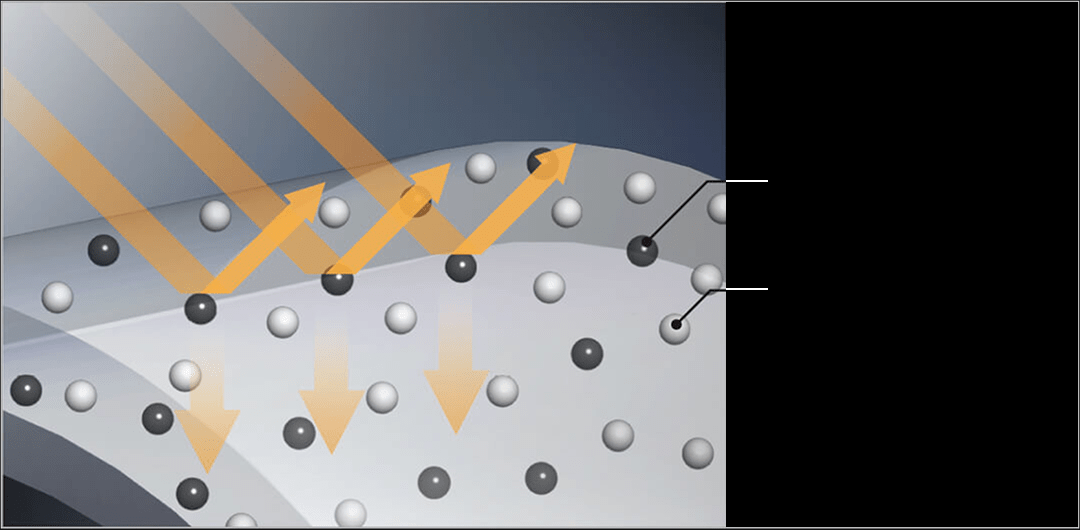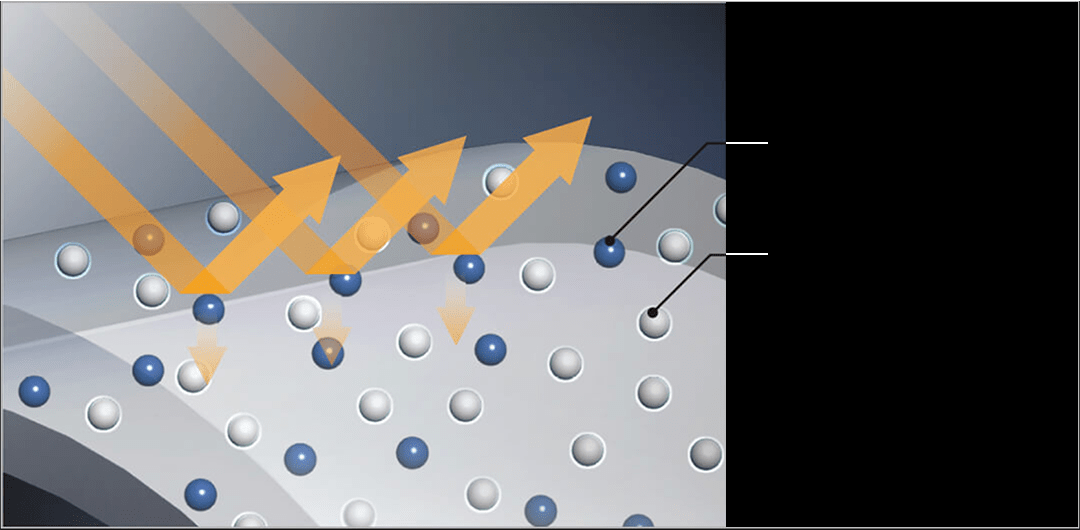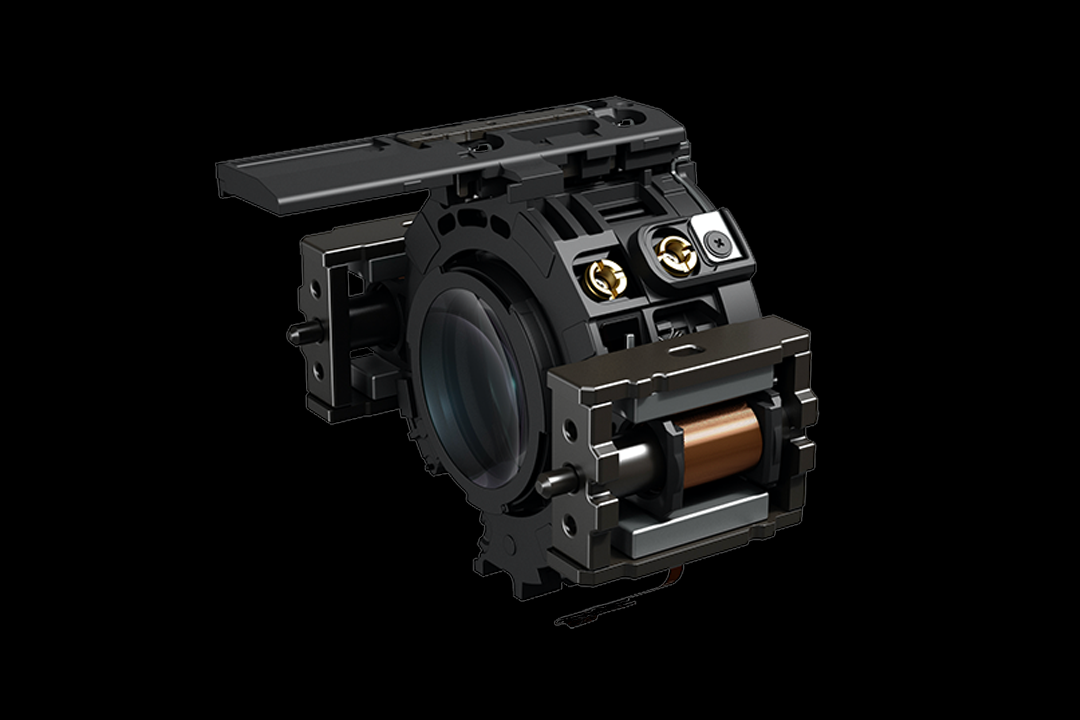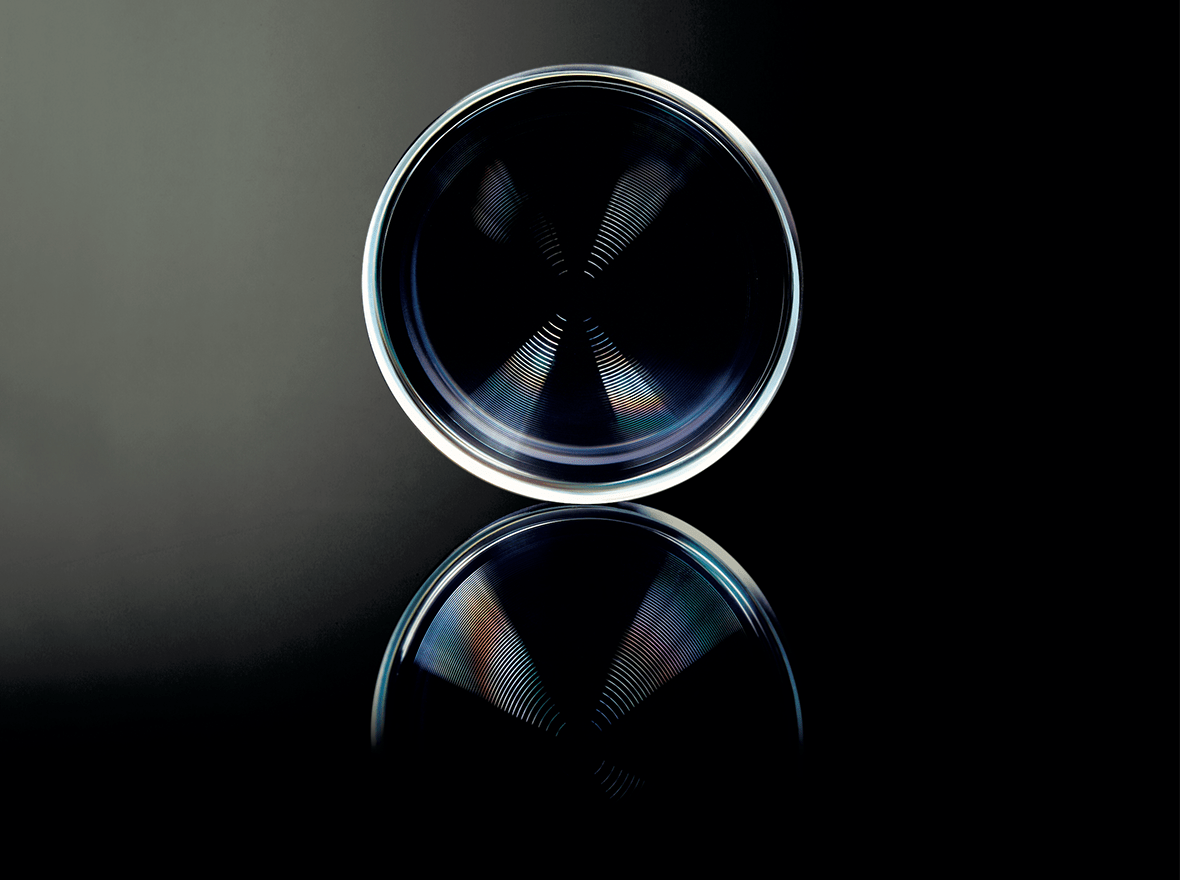L-series lenses are the result of Canon’s never ending commitment to the pursuit of technological innovation in optics, drive systems, durability, robust performance, and all other aspects of imaging. Canon has always pursued technologies that offer new capabilities and revolutionary forms of expression. Here are some of the unique technologies that Canon has introduced for use in L-series lenses.
Optical Technology
-
Fluorite
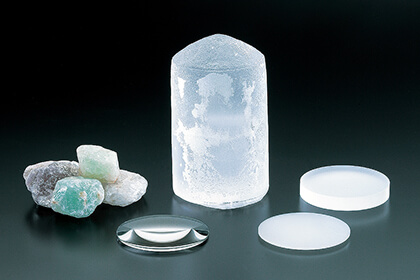
Our development of camera lenses began with the creation of the optical materials
-
UD lenses
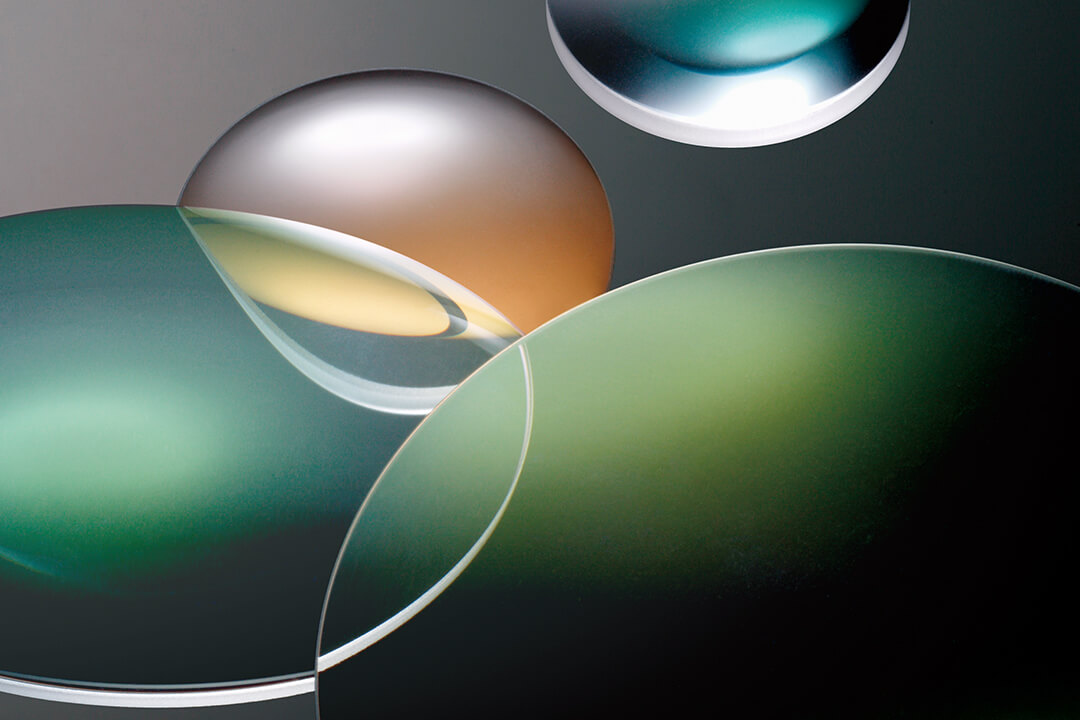
Optical technology that supports L-series performance
-
Aspherical lenses
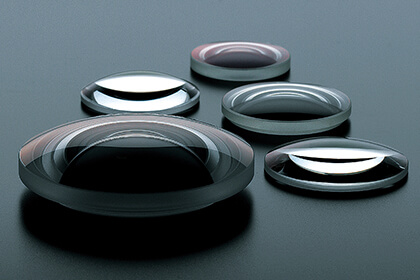
A breakthrough in camera lens performance
-
BR lens
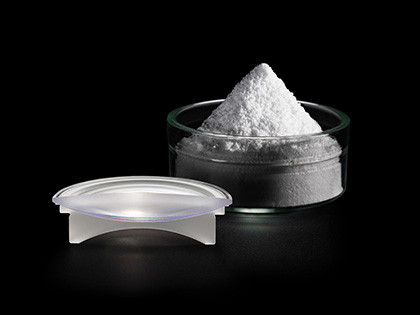
Reducing chromatic aberration that was once typical of large-aperture lenses
-
DO Lenses
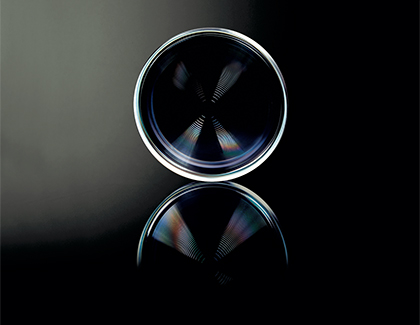
Innovative optical concept that suppresses chromatic aberration while reducing size
-
Floating system
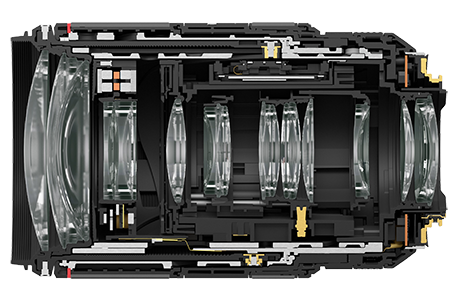
Changing the status quo with lenses that provide top quality imaging performance at any shooting distance
Coating
-
Super Spectra Coating

Studying sunlight in the search for ideal colouring
-
SWC: Subwavelength Structure Coating

An anti-reflective coating that absorbs light into the lens
-
ASC: Air Sphere Coating
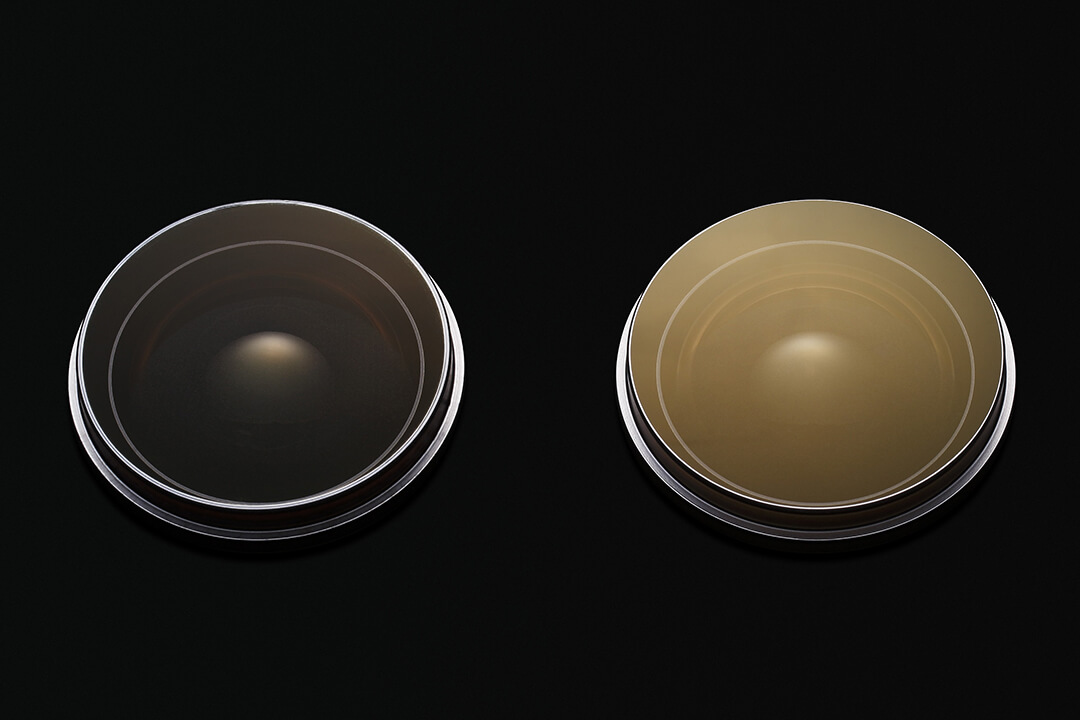
Effectively reducing lens flare and ghosting
-
Fluorine coating
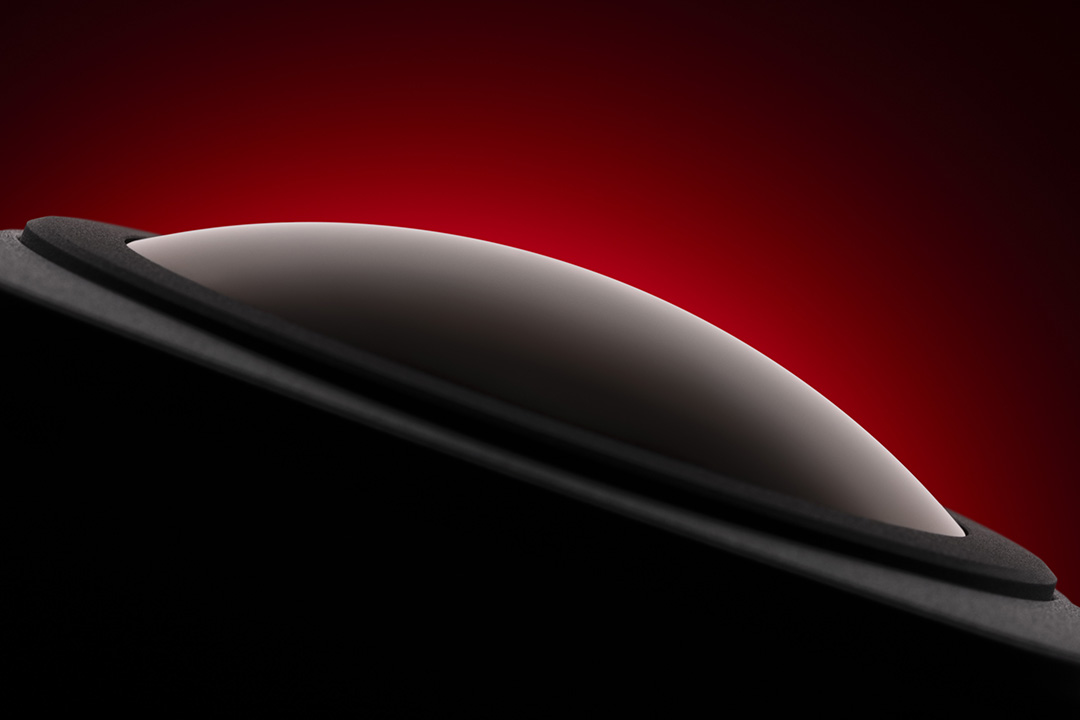
A range of merits that support quality photography
-
DS coating
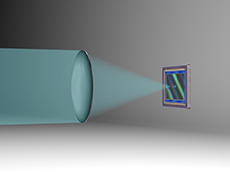
Enhancing portrait photography with a new level of bokeh expression
Drive Technology
-
In-lens drive systems
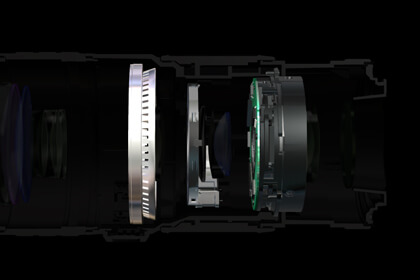
Immediate, accurate response
-
Large-diameter fully electronic lens mount
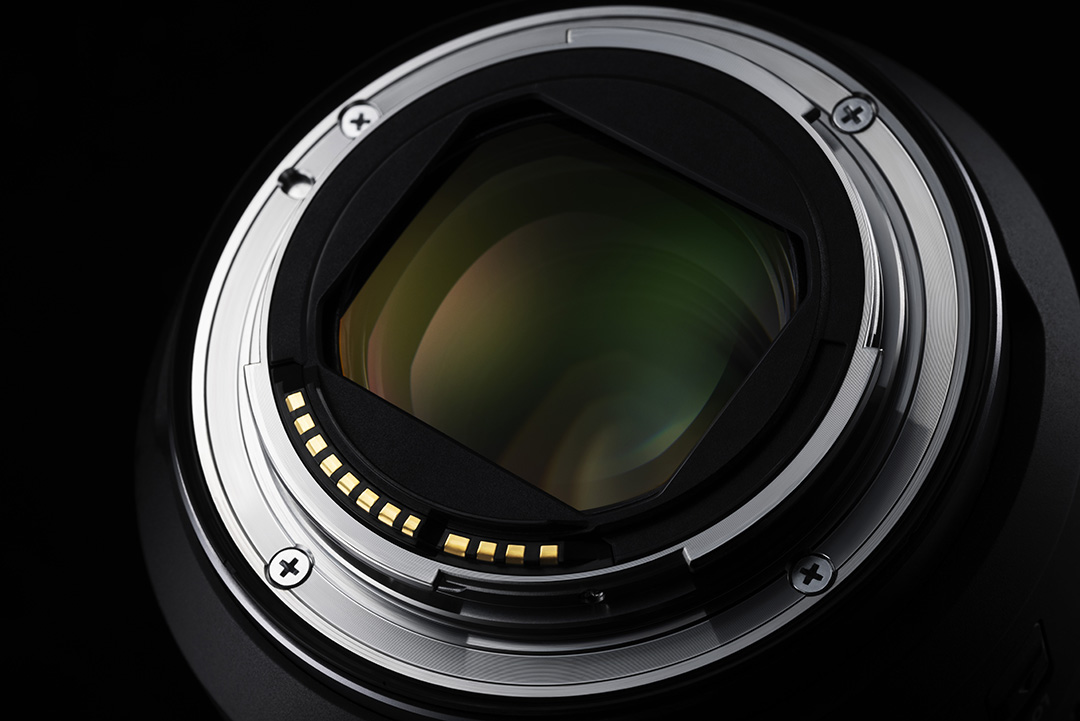
Expanding the domain of photographic expression
-
RF mount
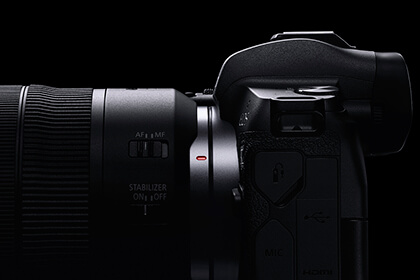
RF-mount design builds on the expectations of EF-mount lens users
-
Ring-type USM
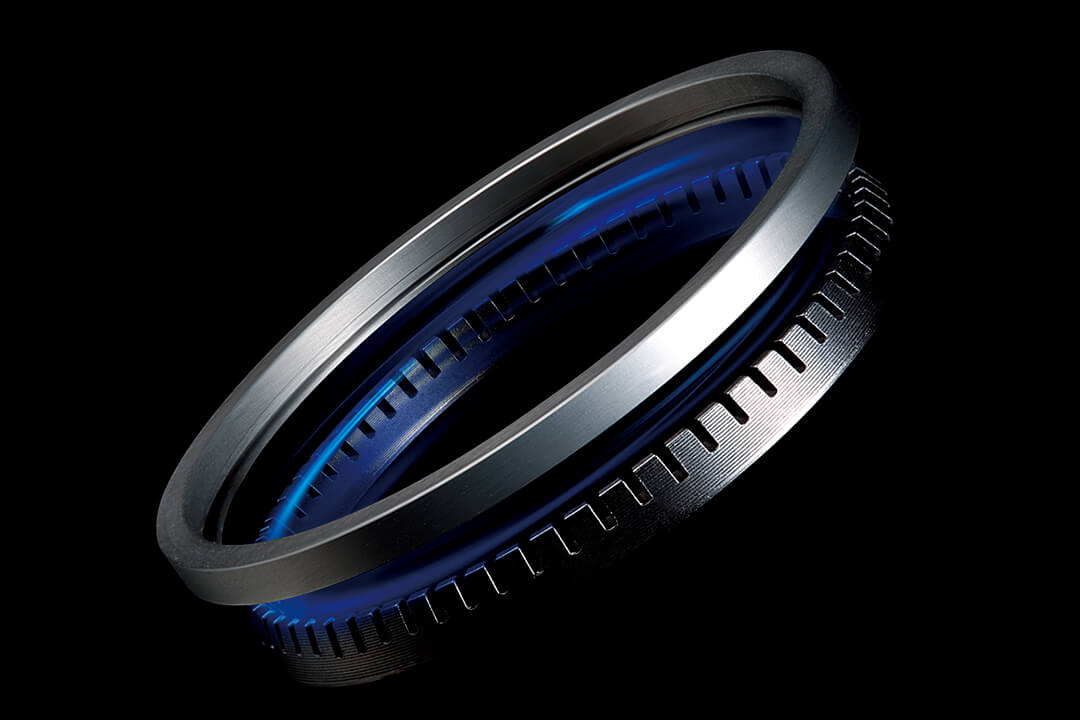
A groundbreaking new motor brings the promise of an “ideal lens” closer to reality
-
Nano USM
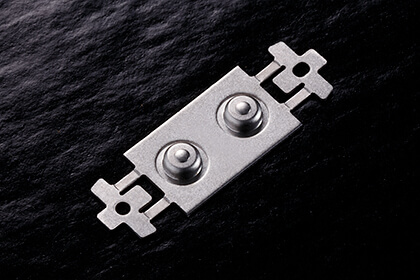
An ultrasonic motor with a revolutionary actuator that delivers high-speed AF
-
STM
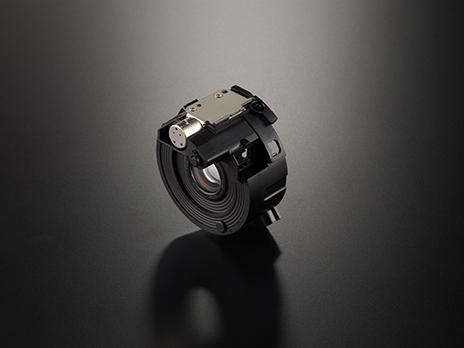
STMs are smaller, quieter, and have shorter start-up times, comparable with USM devices.
-
Voice Coil Motor (VCM)
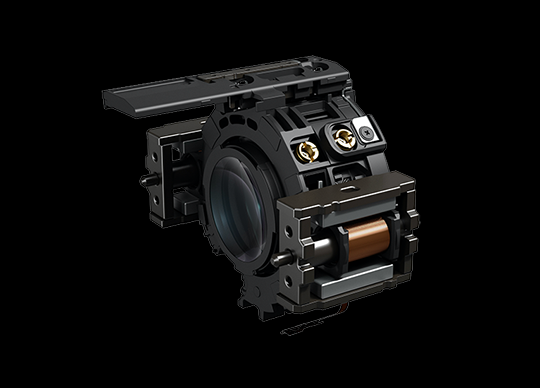
Quiet and smooth: Using powerful magnets to drive large-aperture lenses
-
EMD
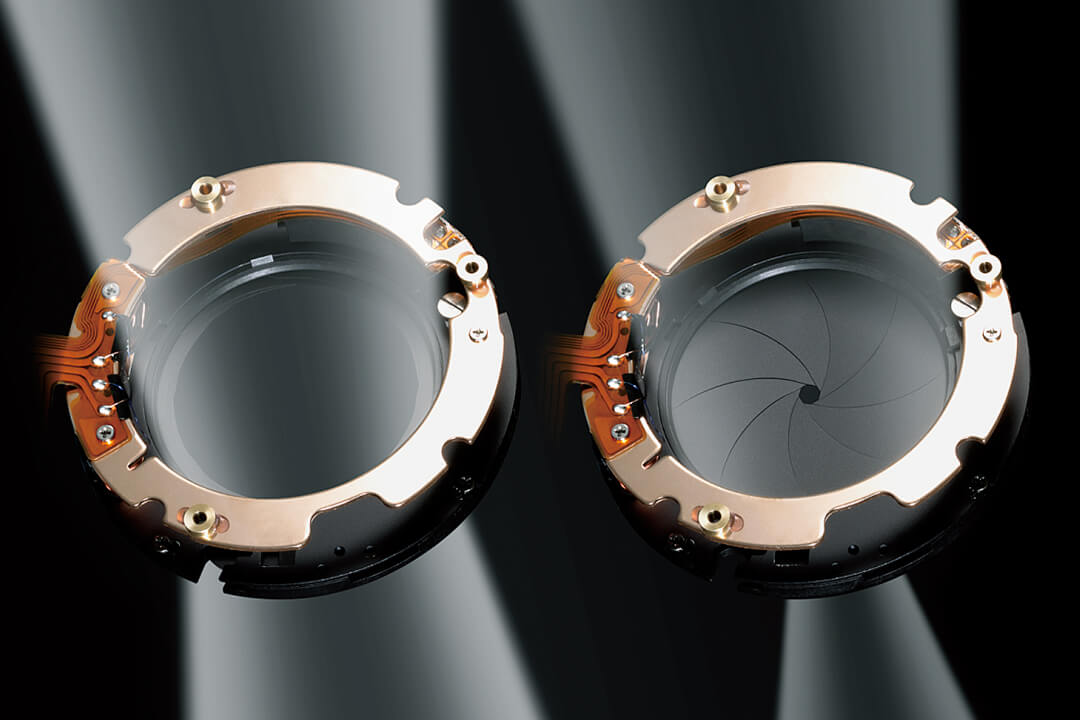
A sophisticated function that expands the range of expression
-
IS (in-lens image stabilization)

A new range of shooting options
-
Hybrid IS (in-lens image stabilization)
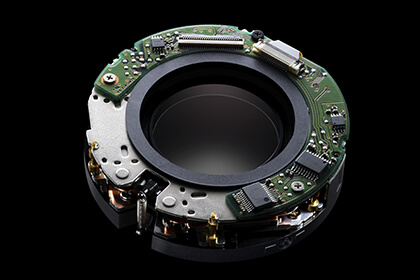
A new dimension in macro lens performance
-
Coordinated Control IS
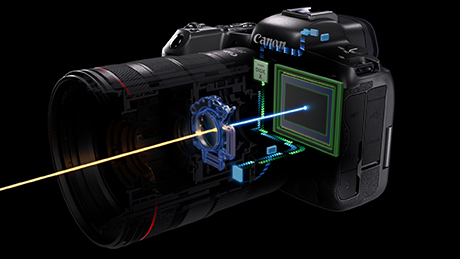
The impact of coordinated control IS enabling image stabilization of up to 8.0 stops
-
Control ring
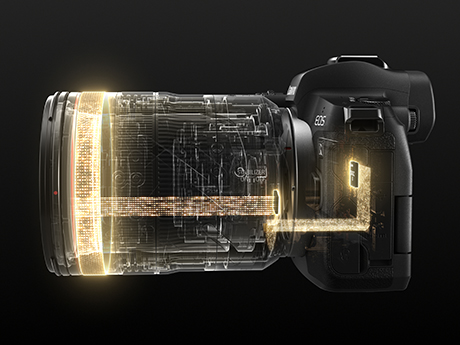
RF lenses can be operated easily using the free left hand
-
SA control ring

Expanding the possibilities of macro photography
-
Inner and rear focusing systems
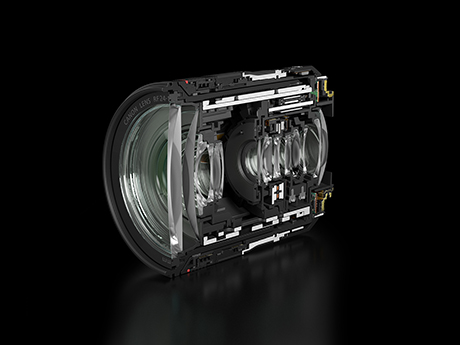
Lens design that supports the AF performance of the entire system
-
Full-time manual focus
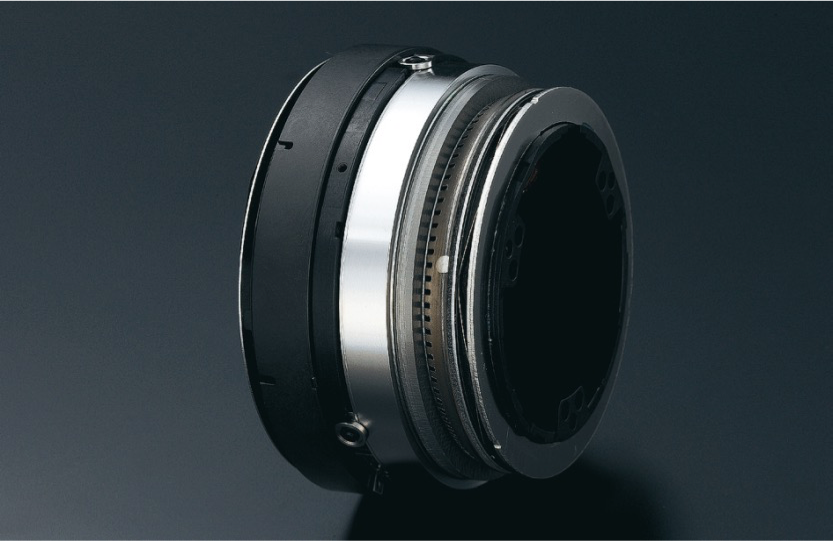
Useful for demanding focusing needs through seamless AF and MF operation
Technology for Durability and Toughness
-
The ultimate in toughness and durability

Lenses that can withstand the harshest of conditions
-
Weatherproof
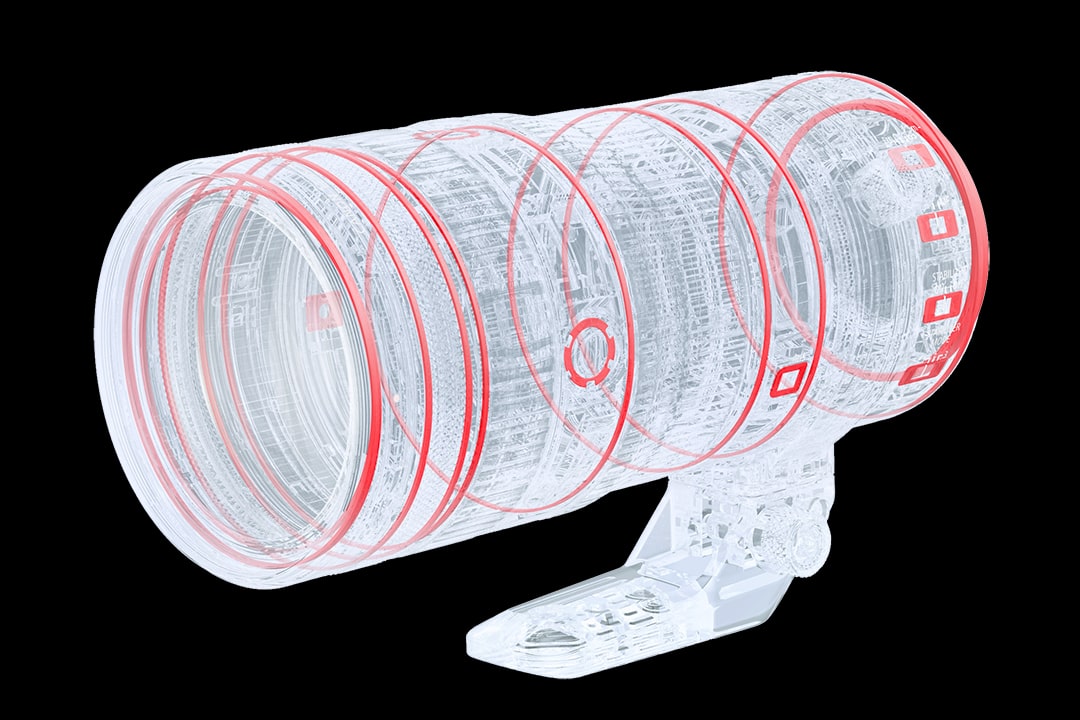
Dust- and moisture-resistant construction performs to spec in even the most rugged shooting conditions
-
White lenses

The lens barrel is a symbol of L-series performance
-
Heat shield coating

Bringing the “white barrel” into fashion






